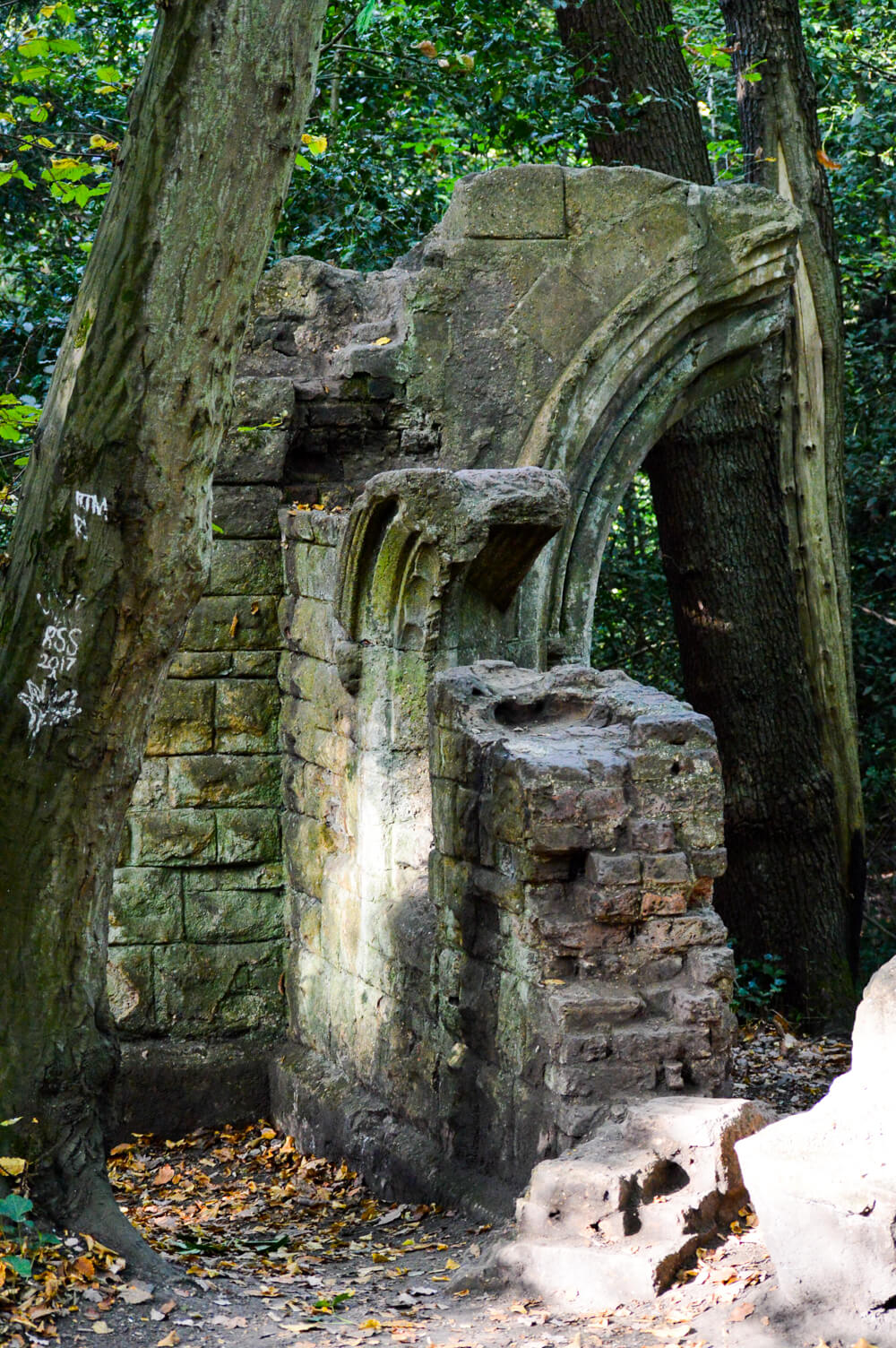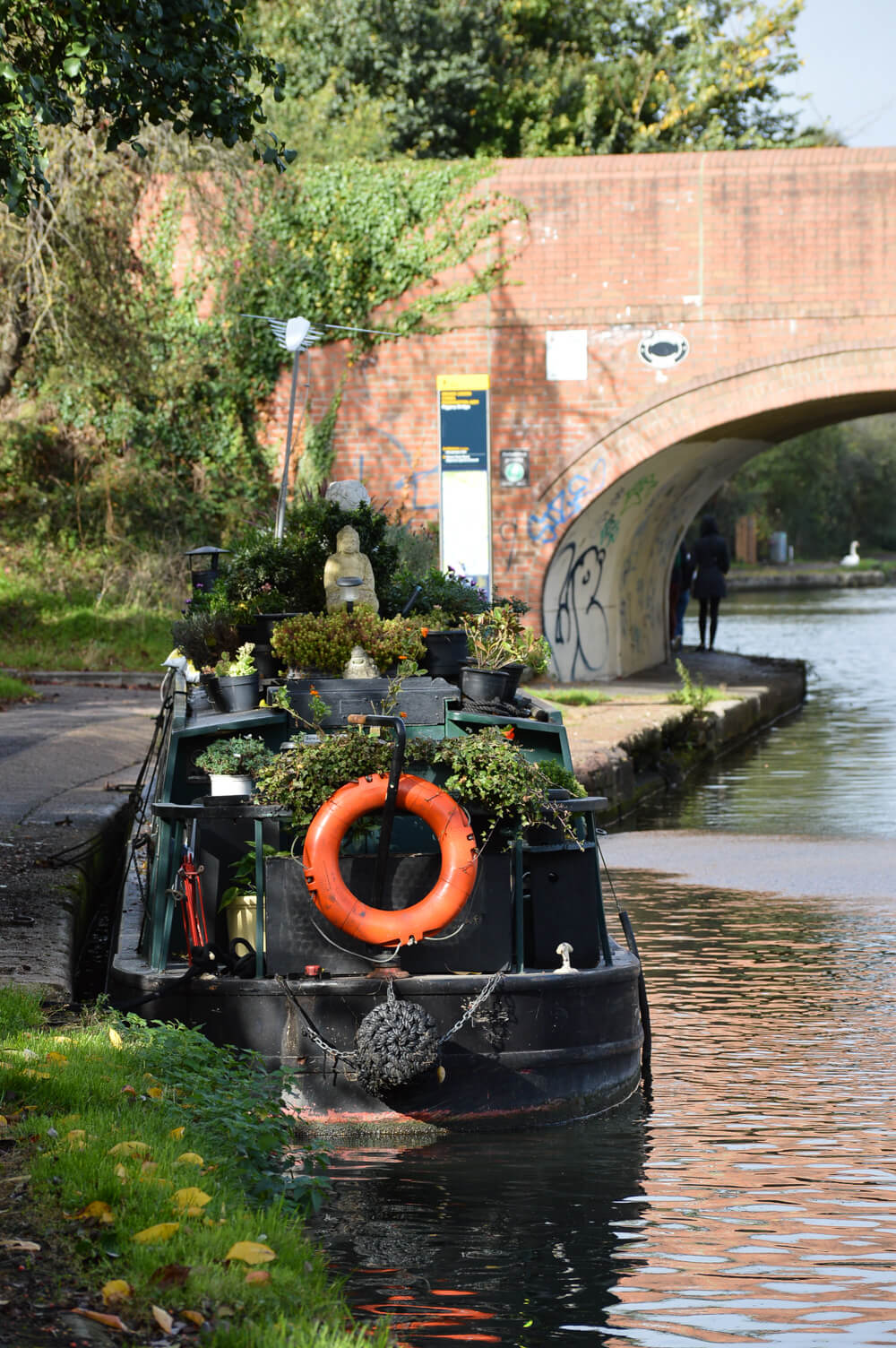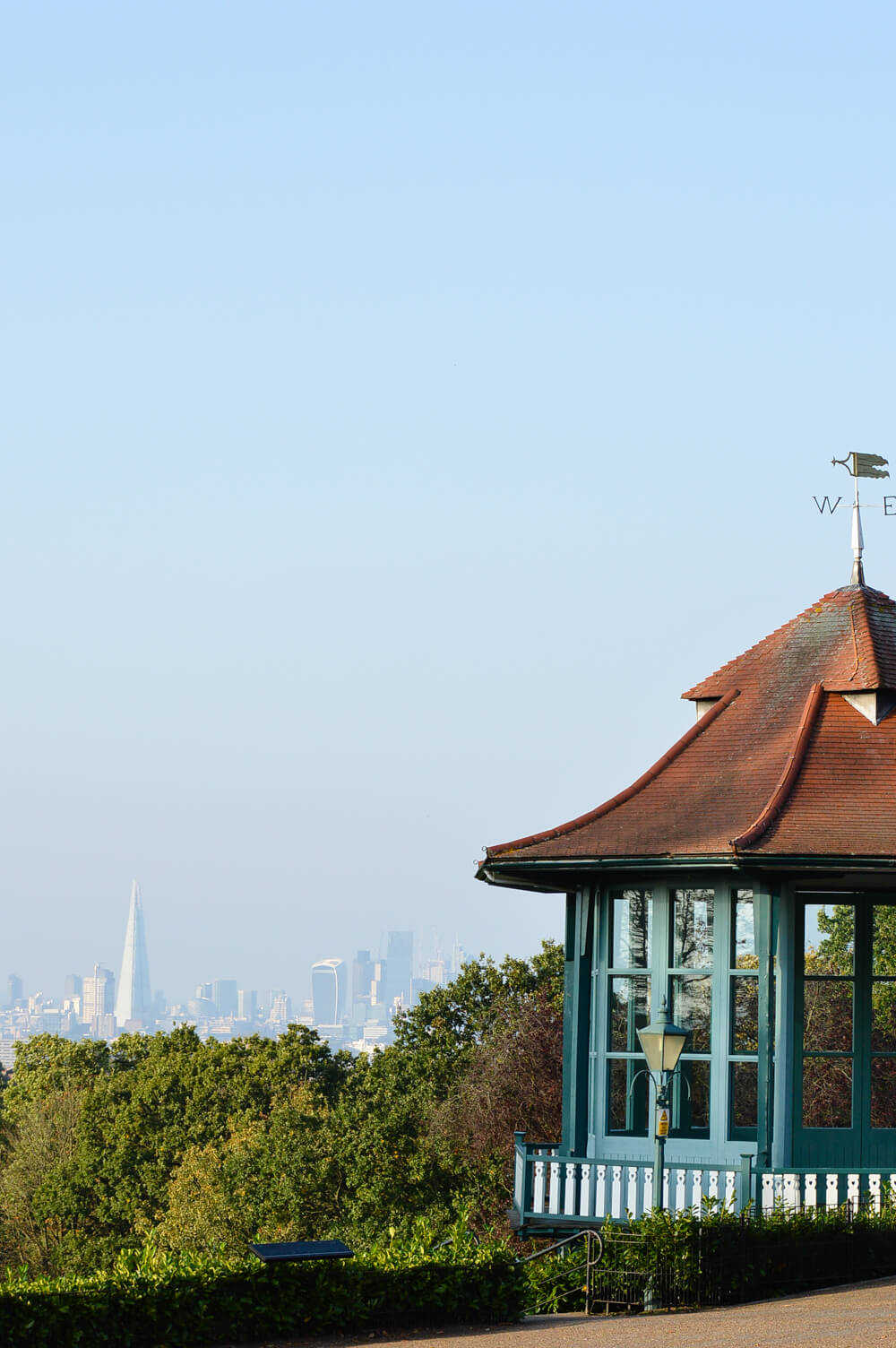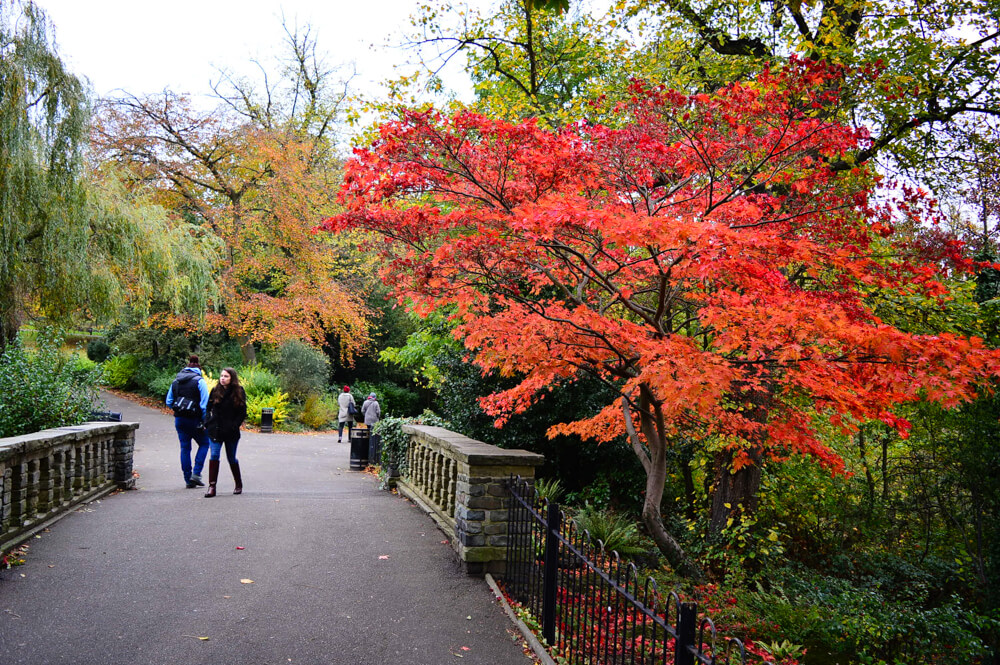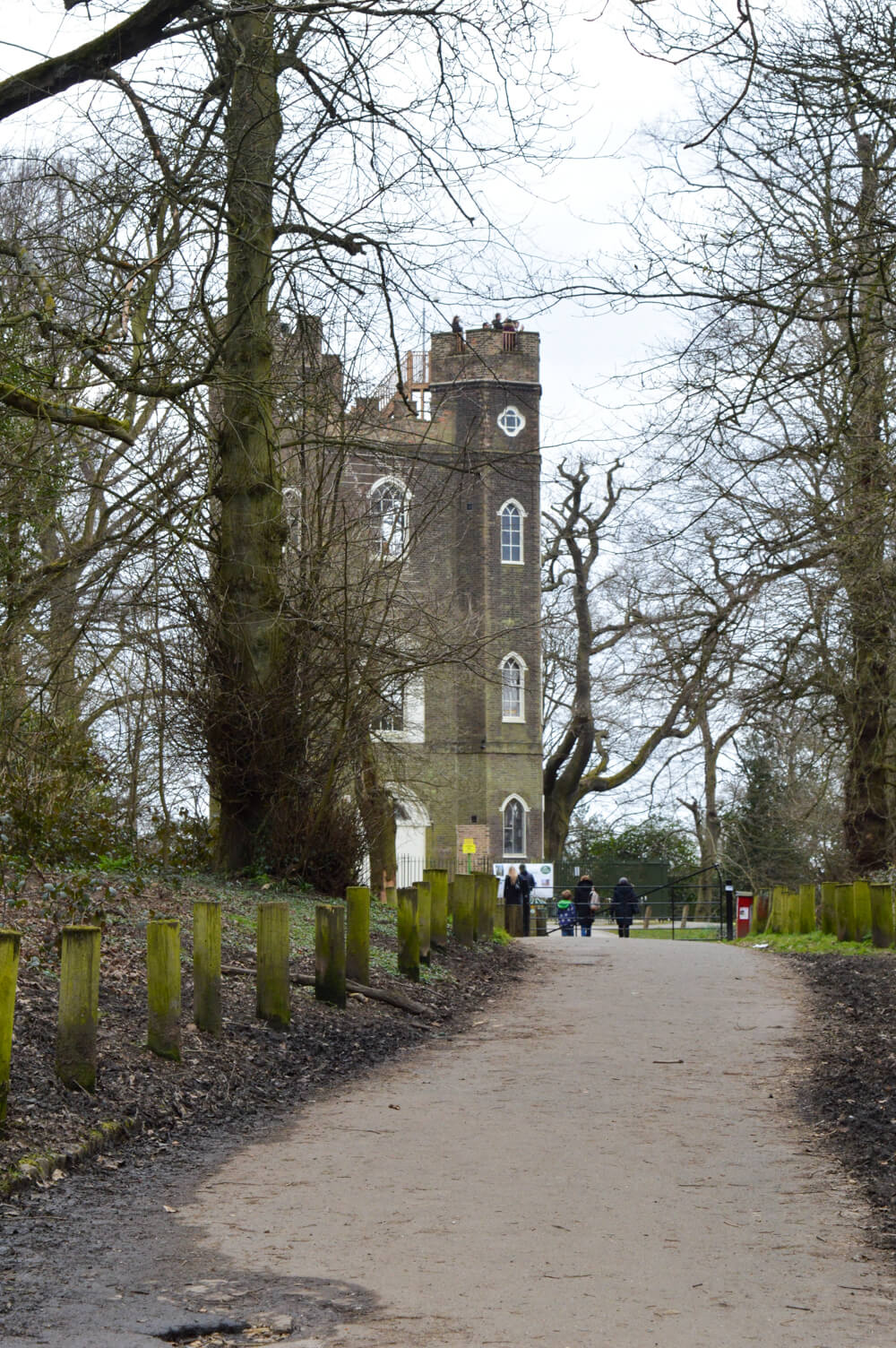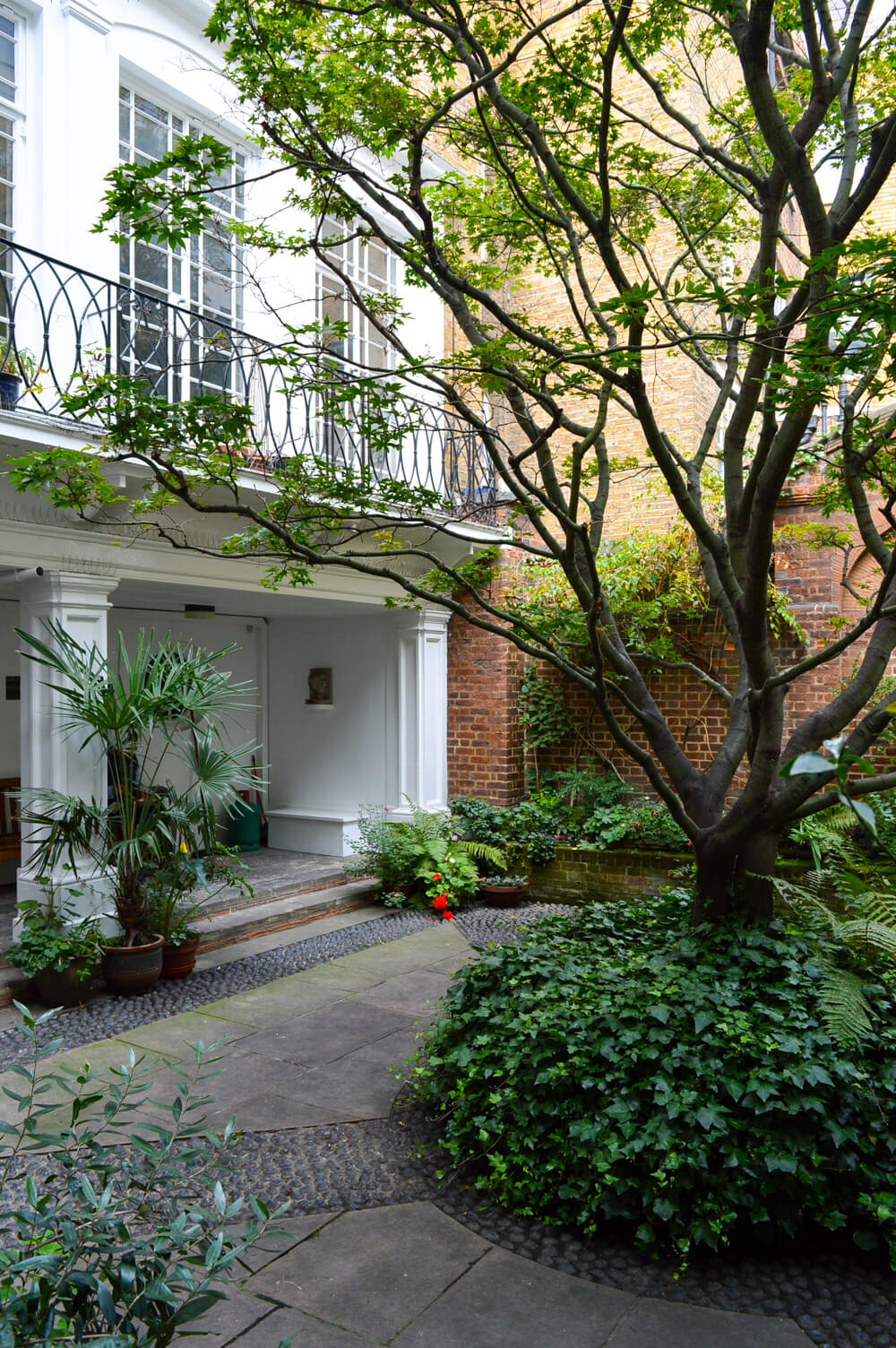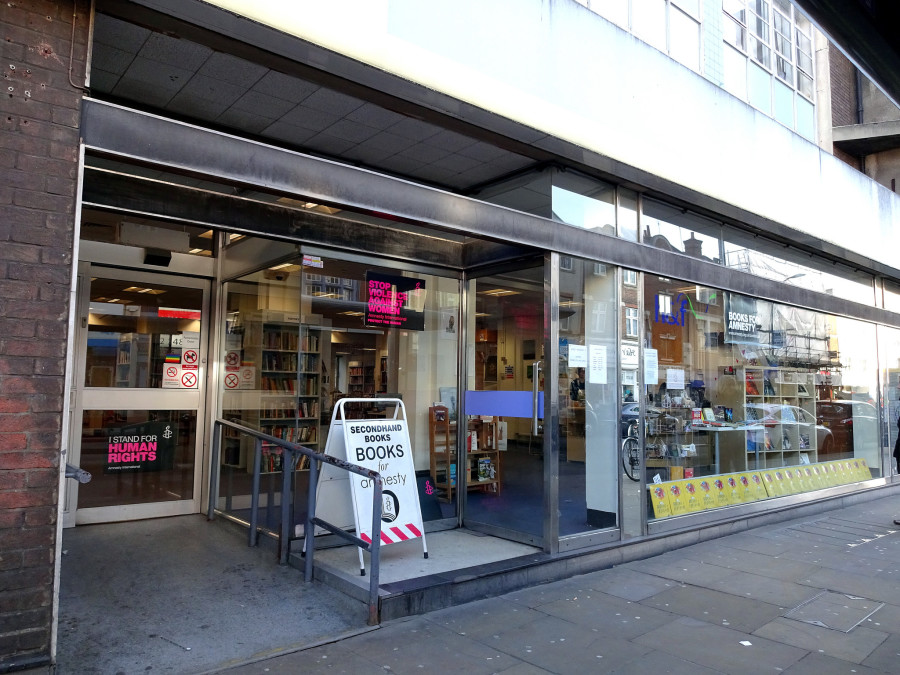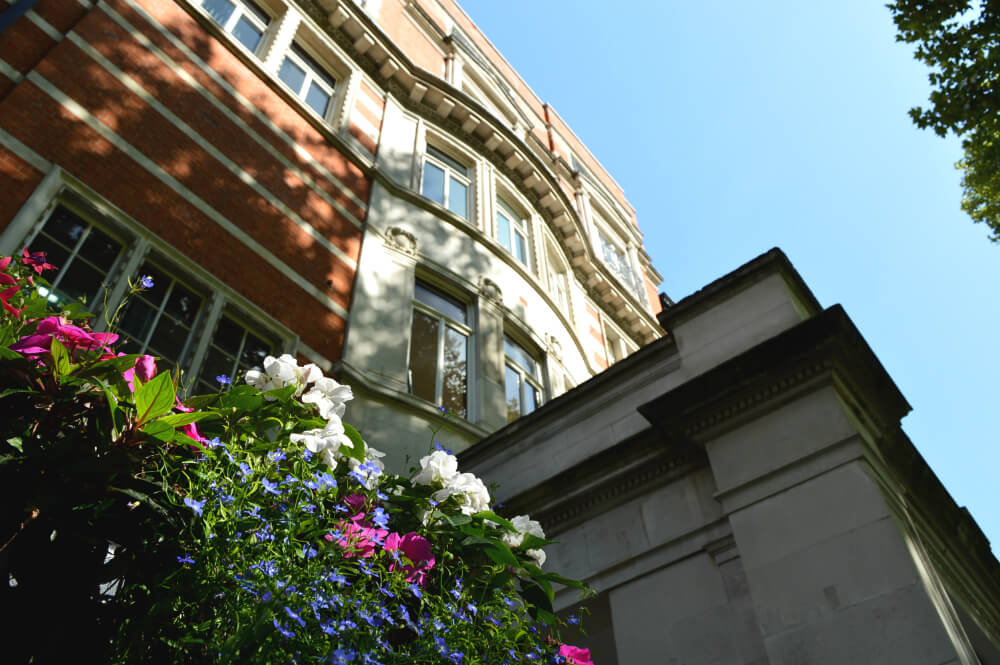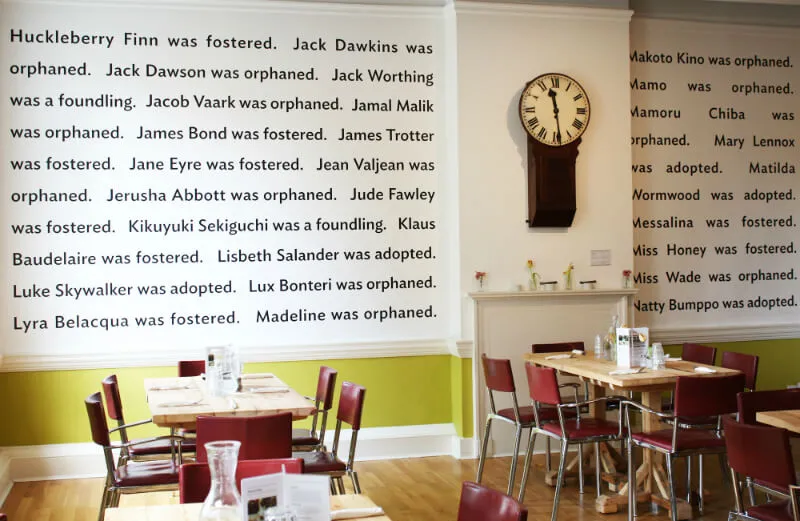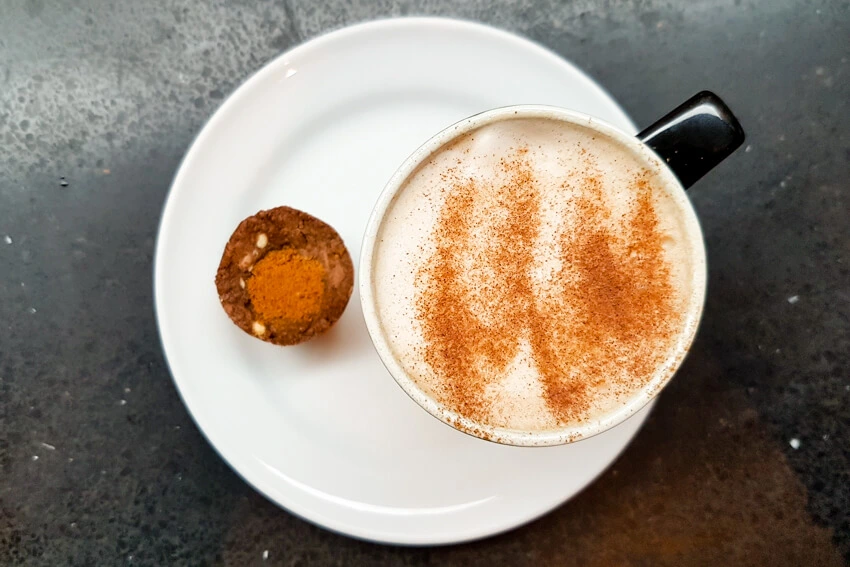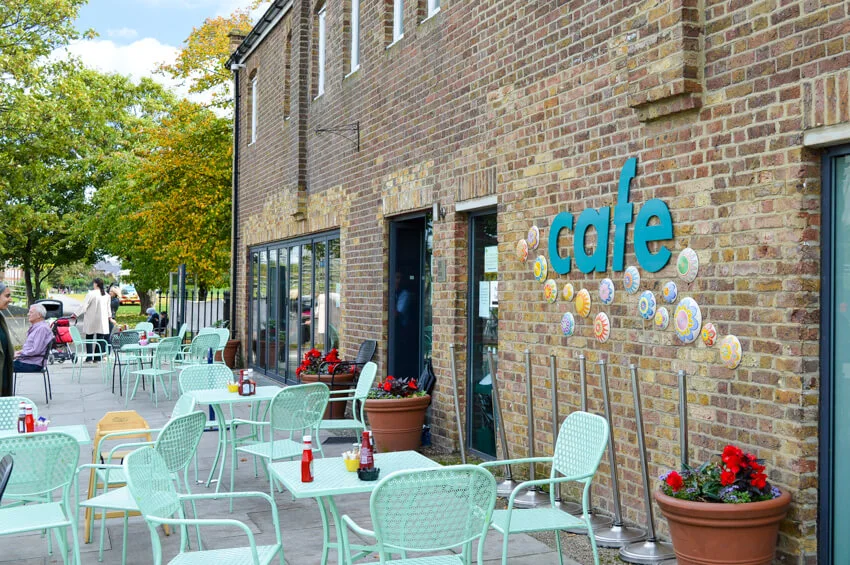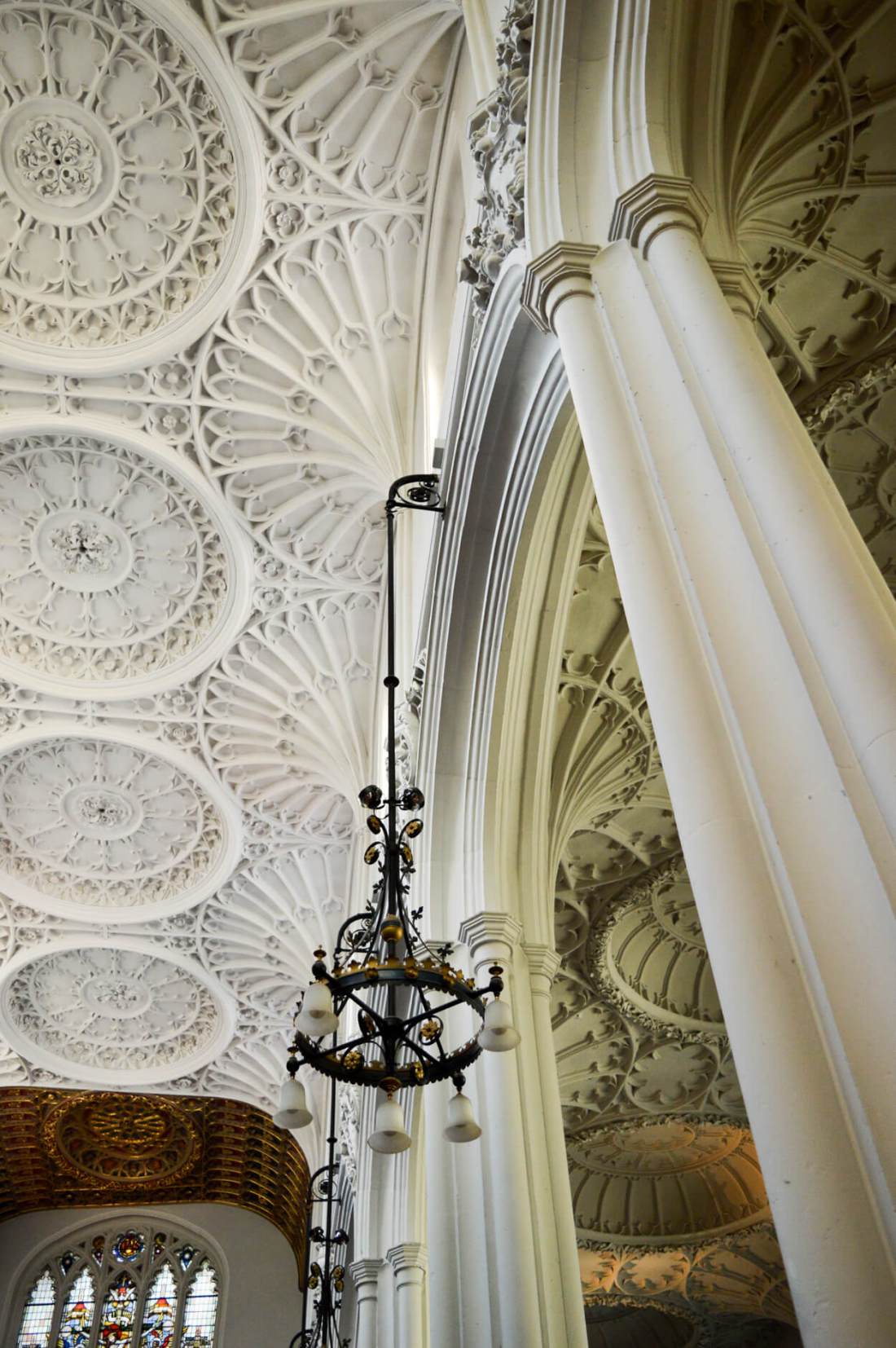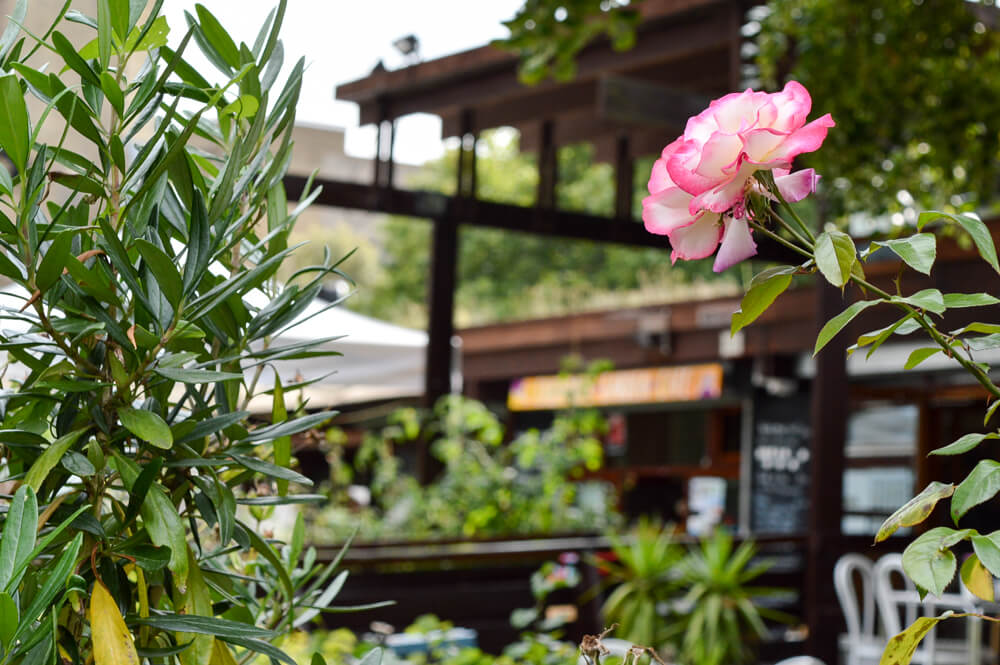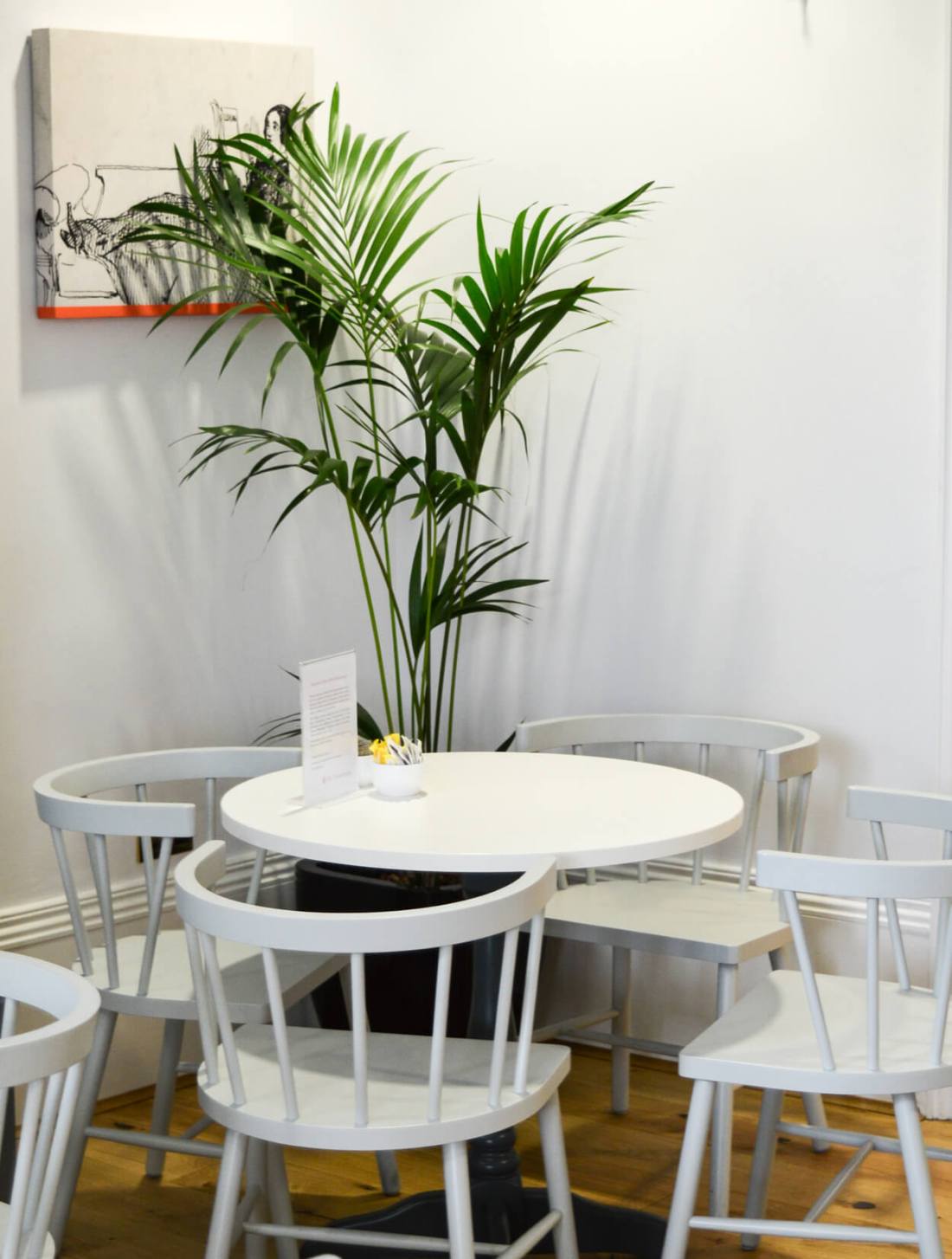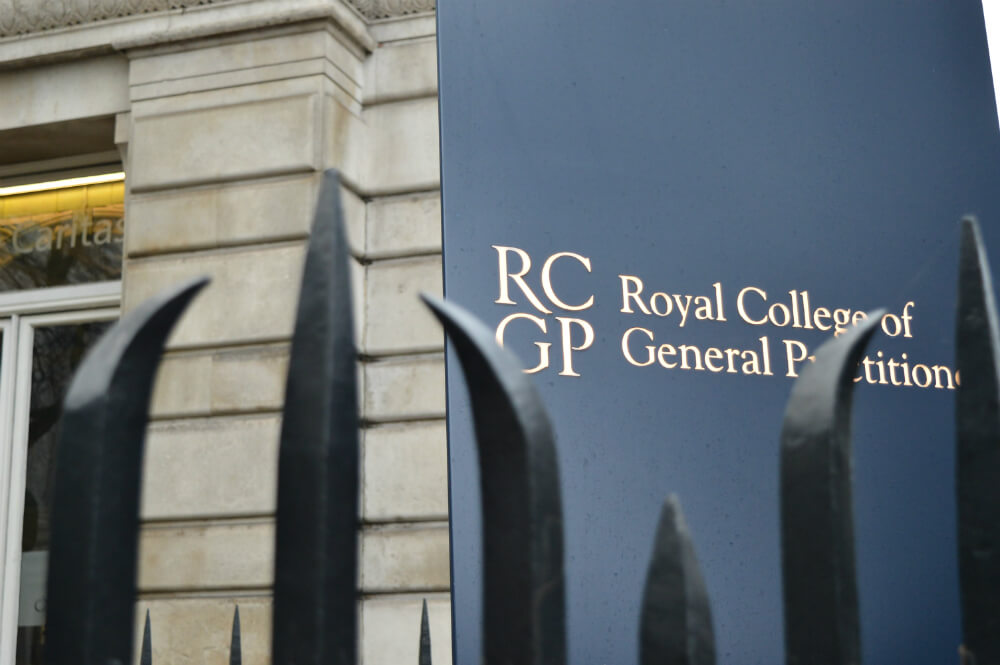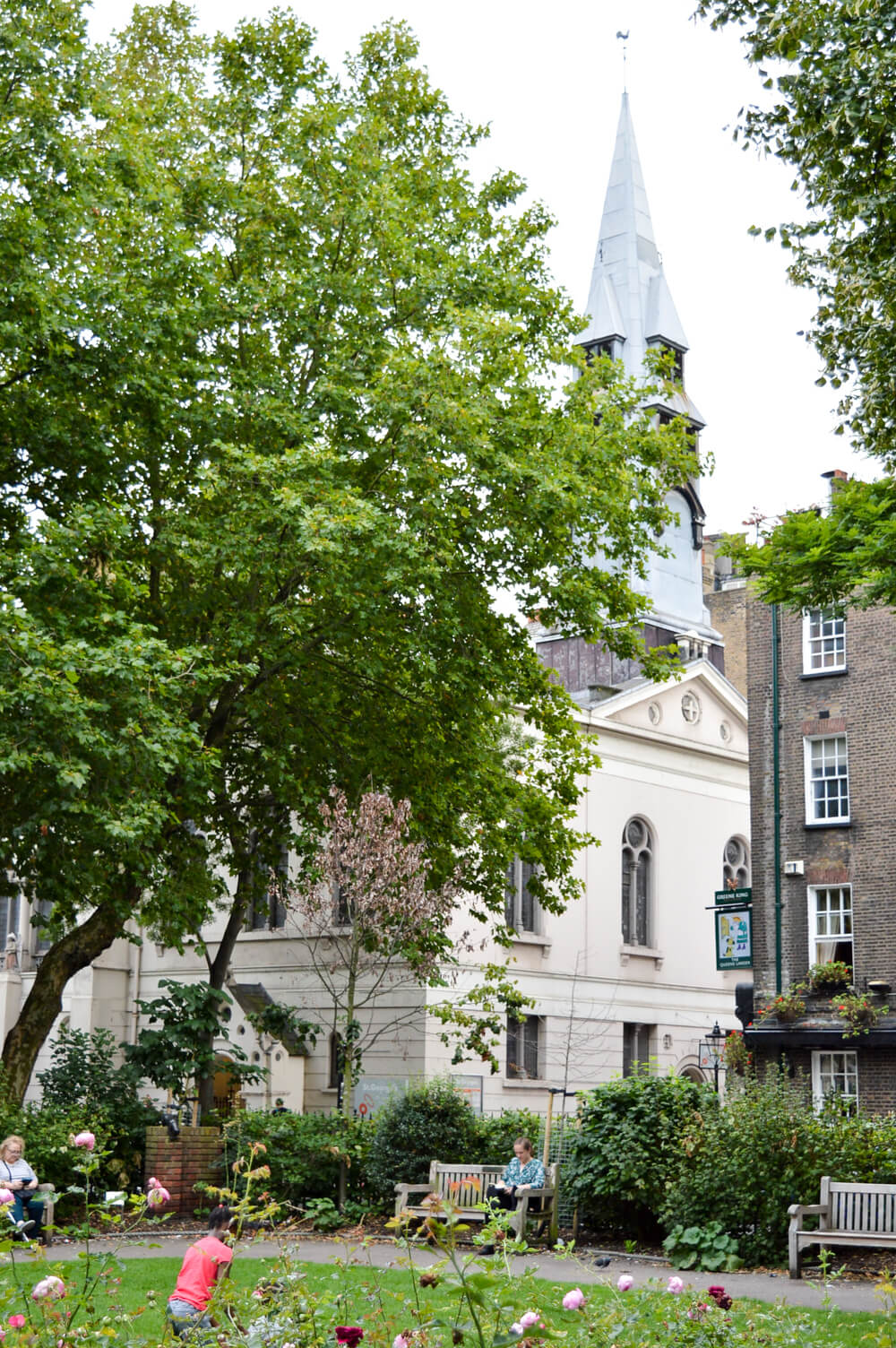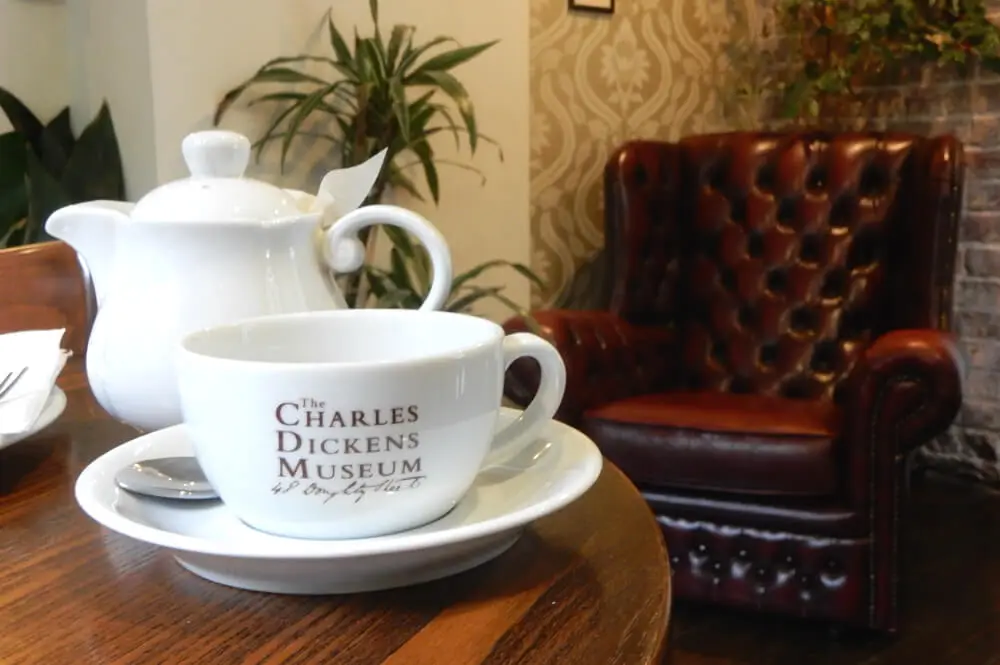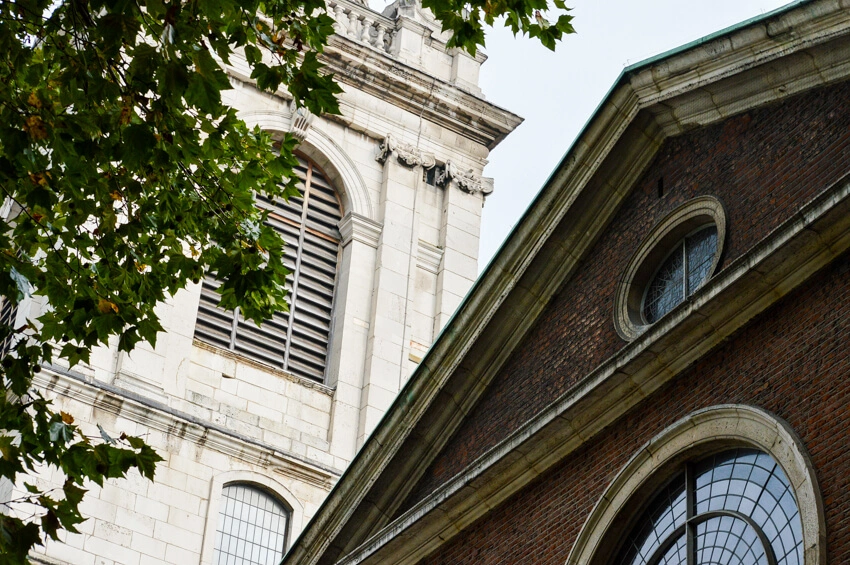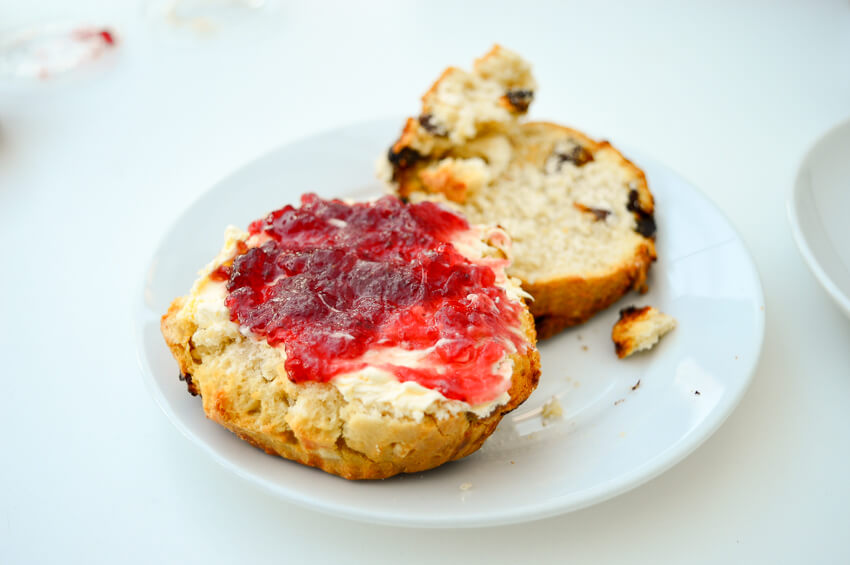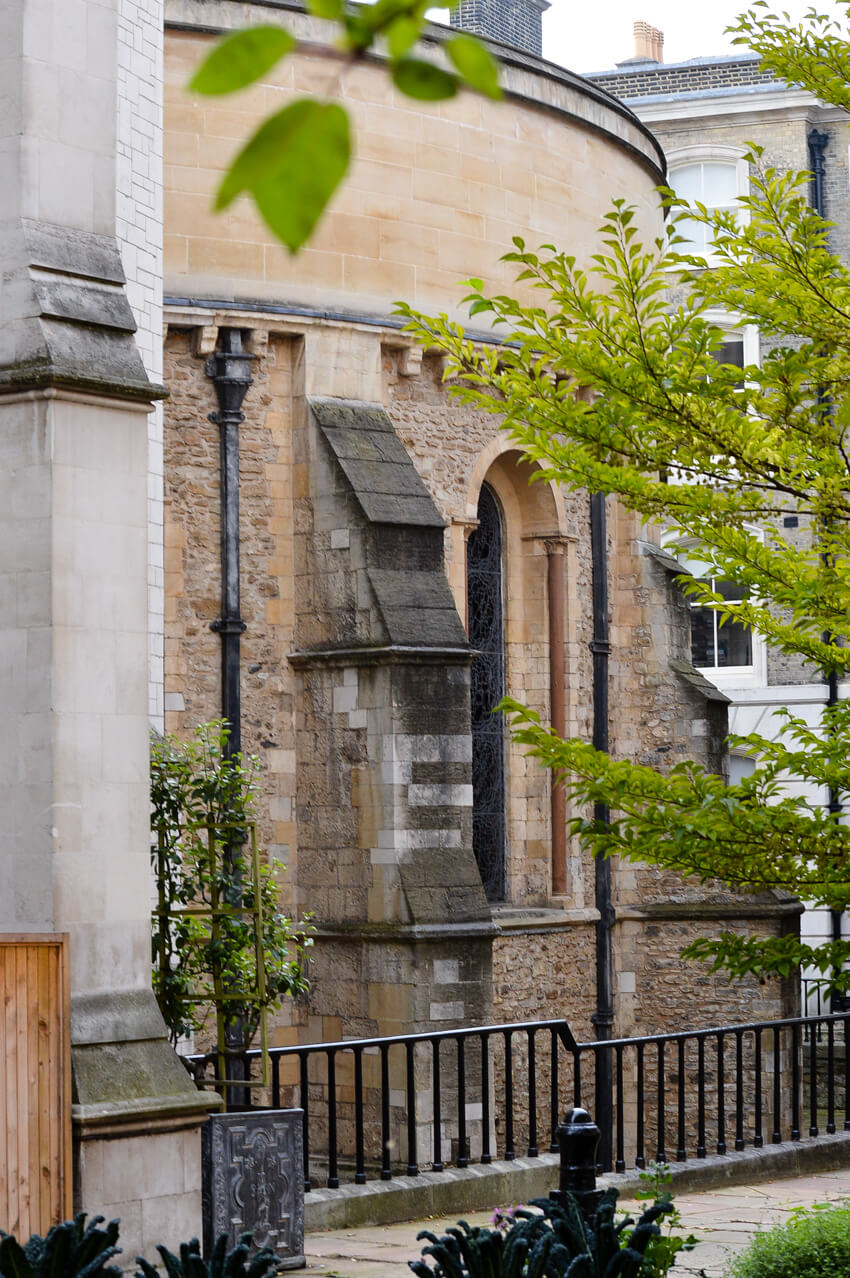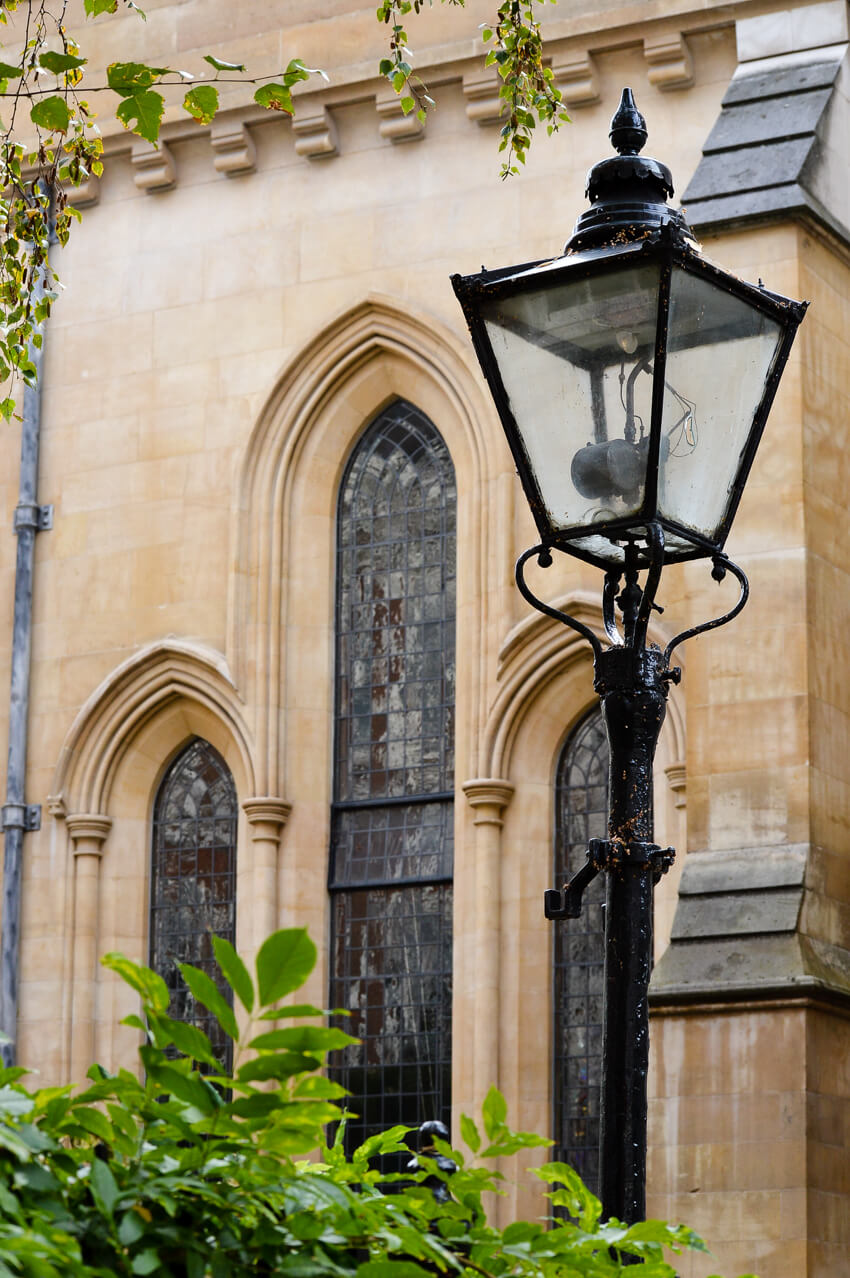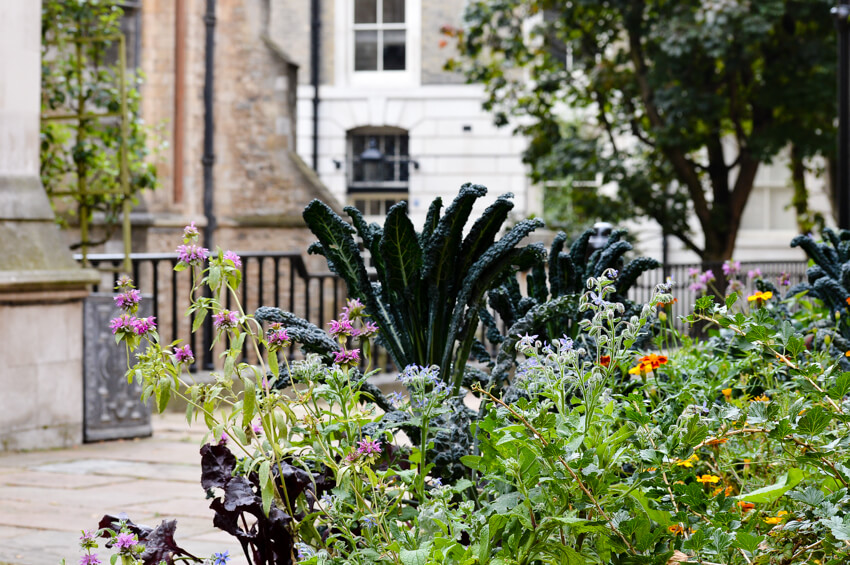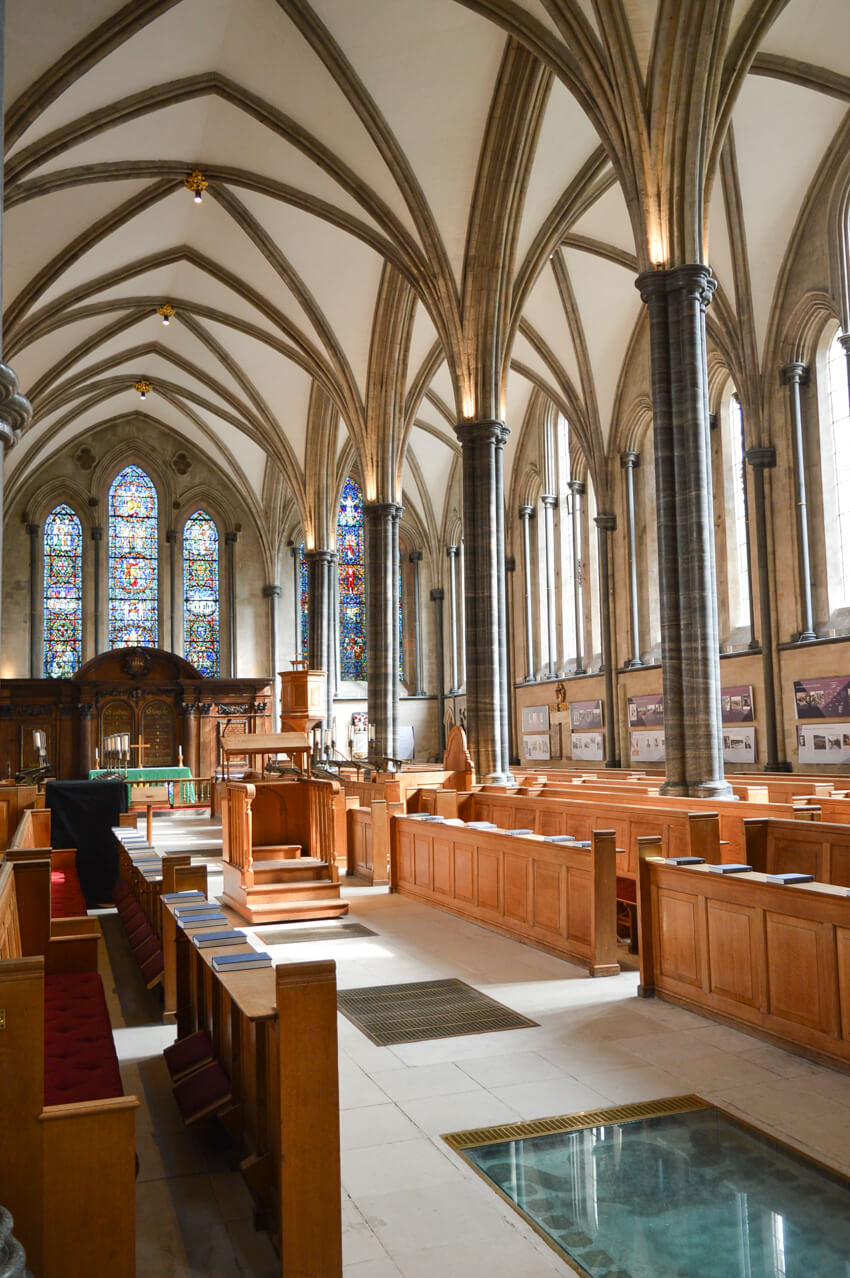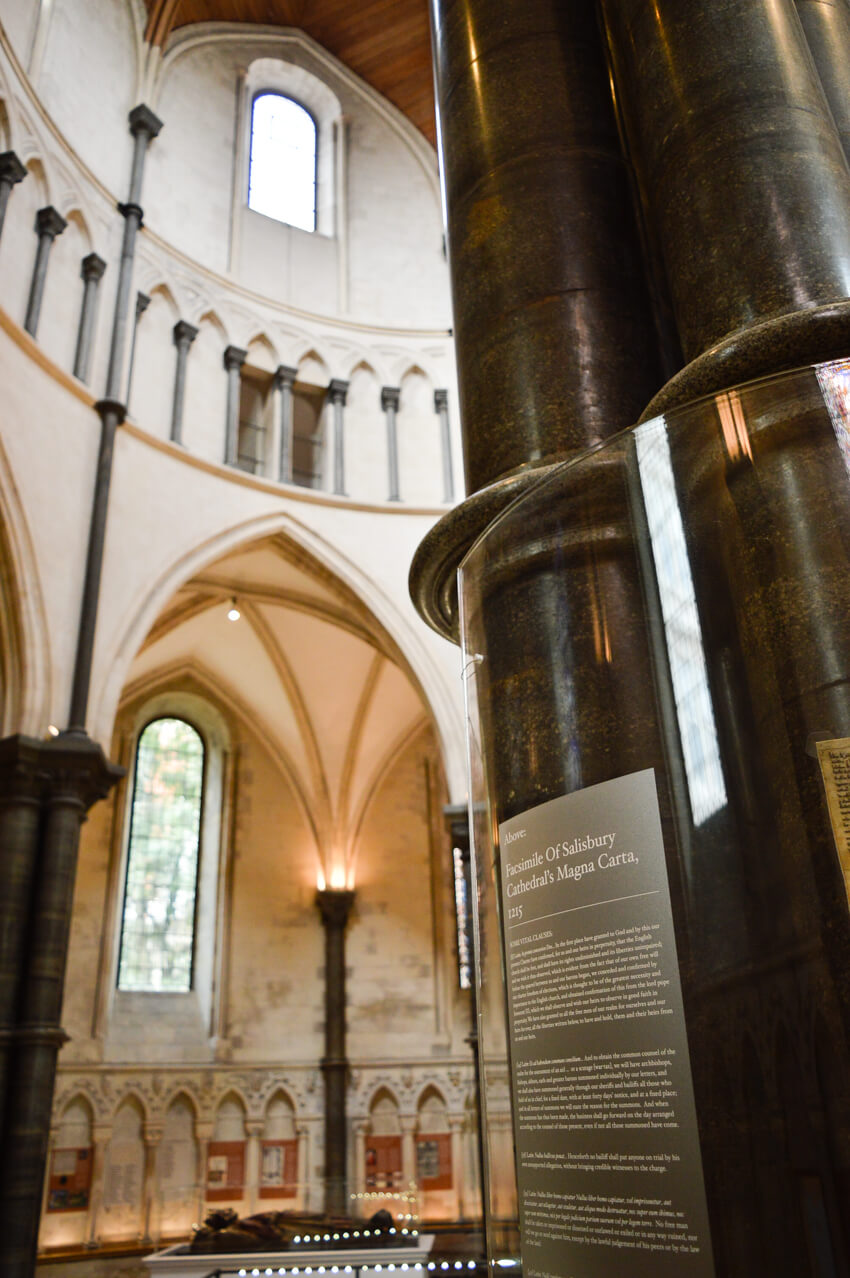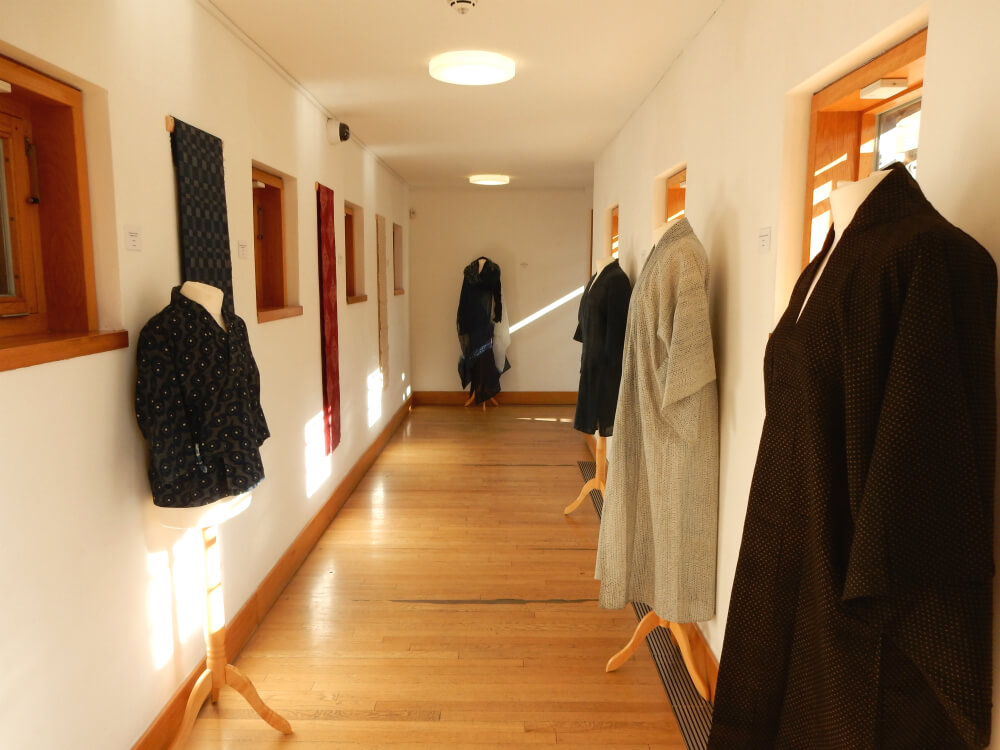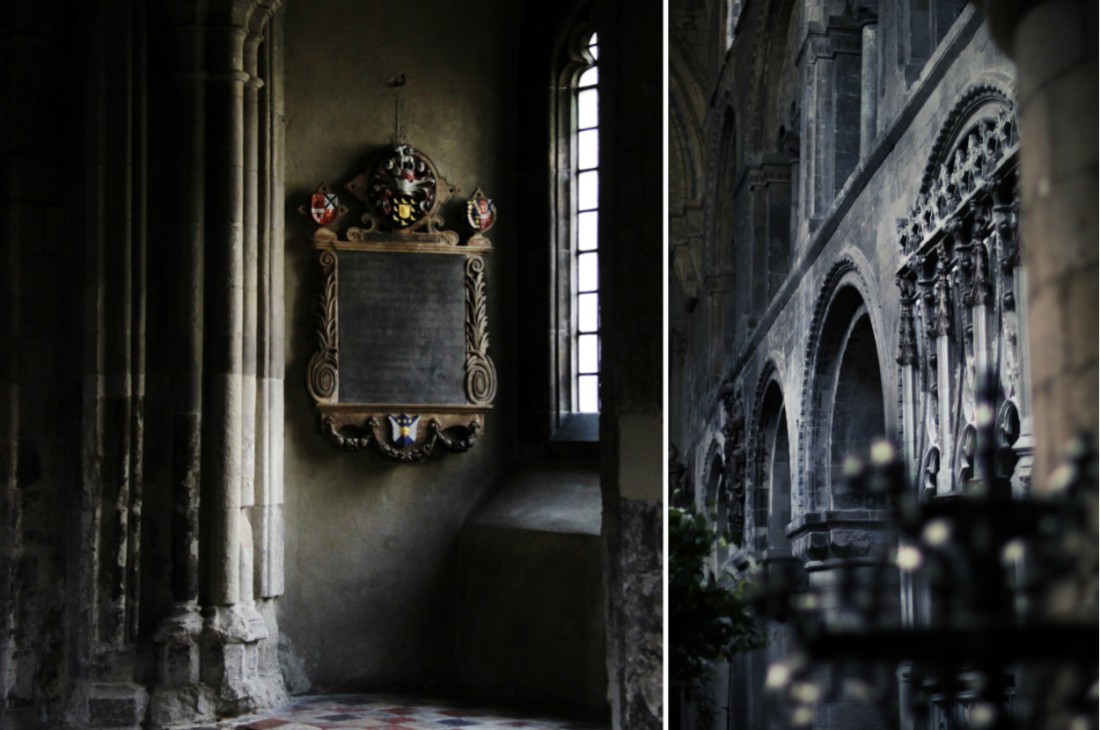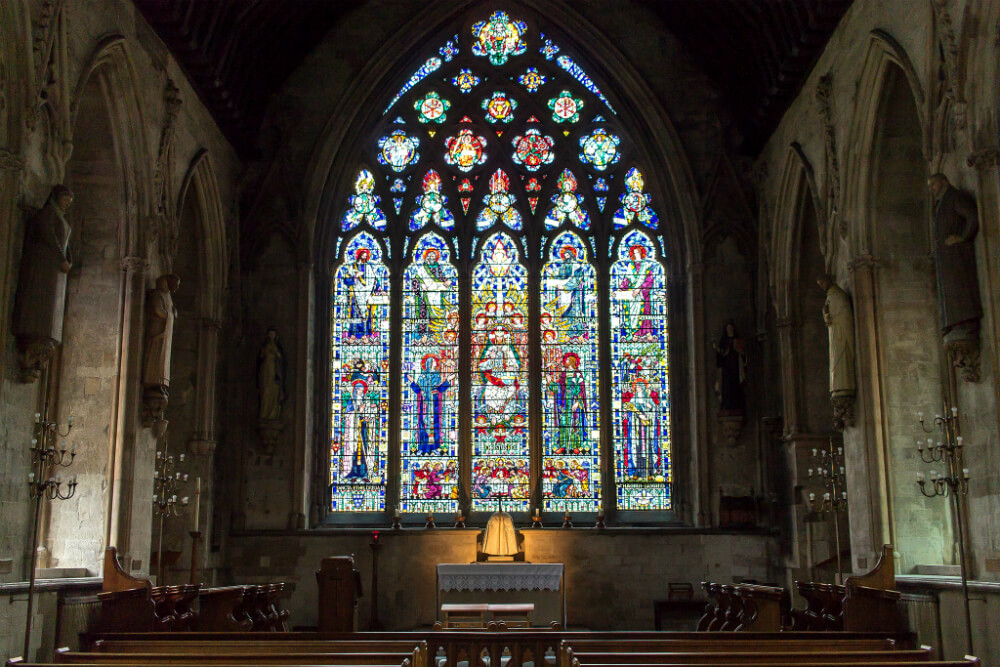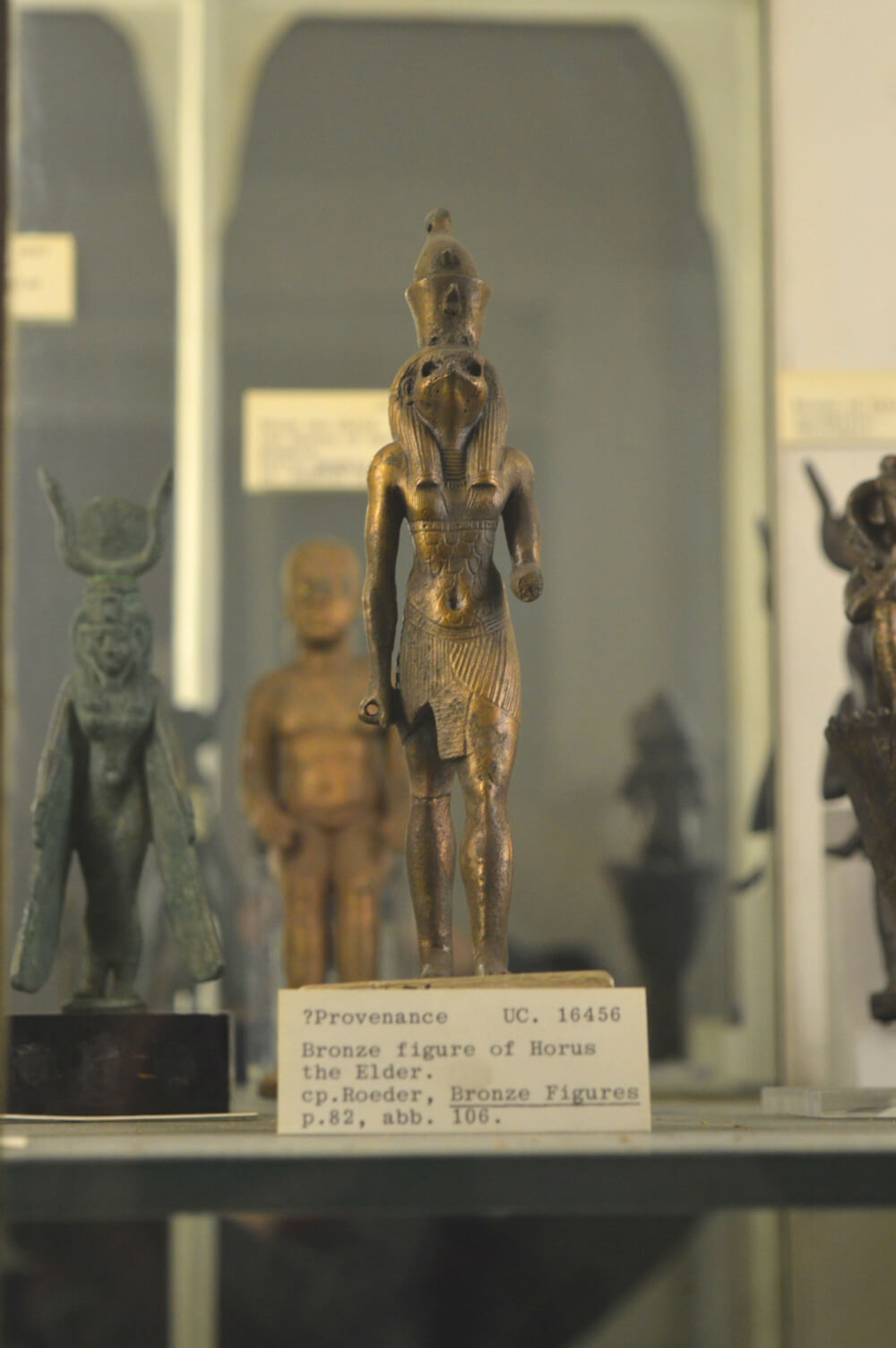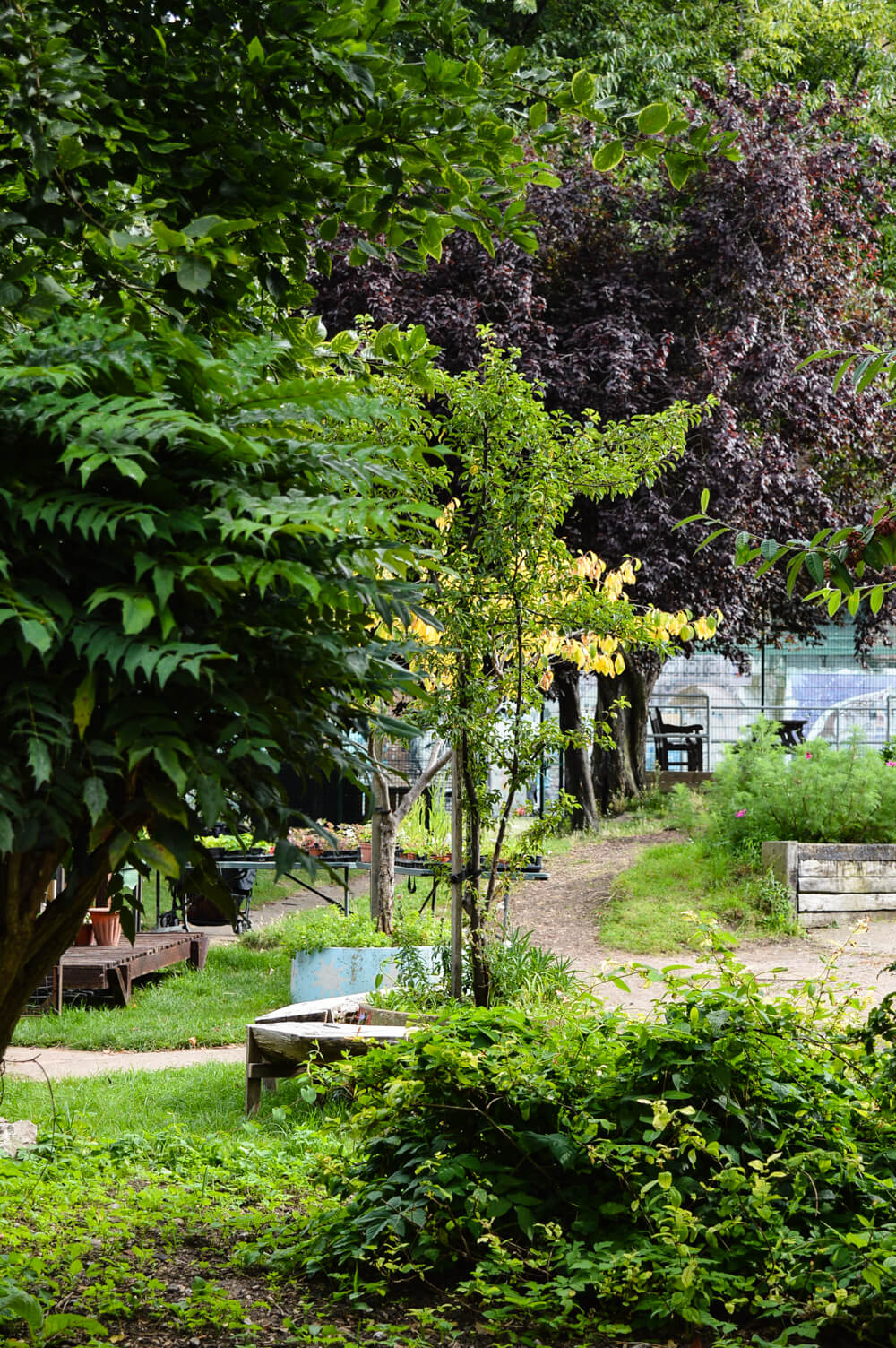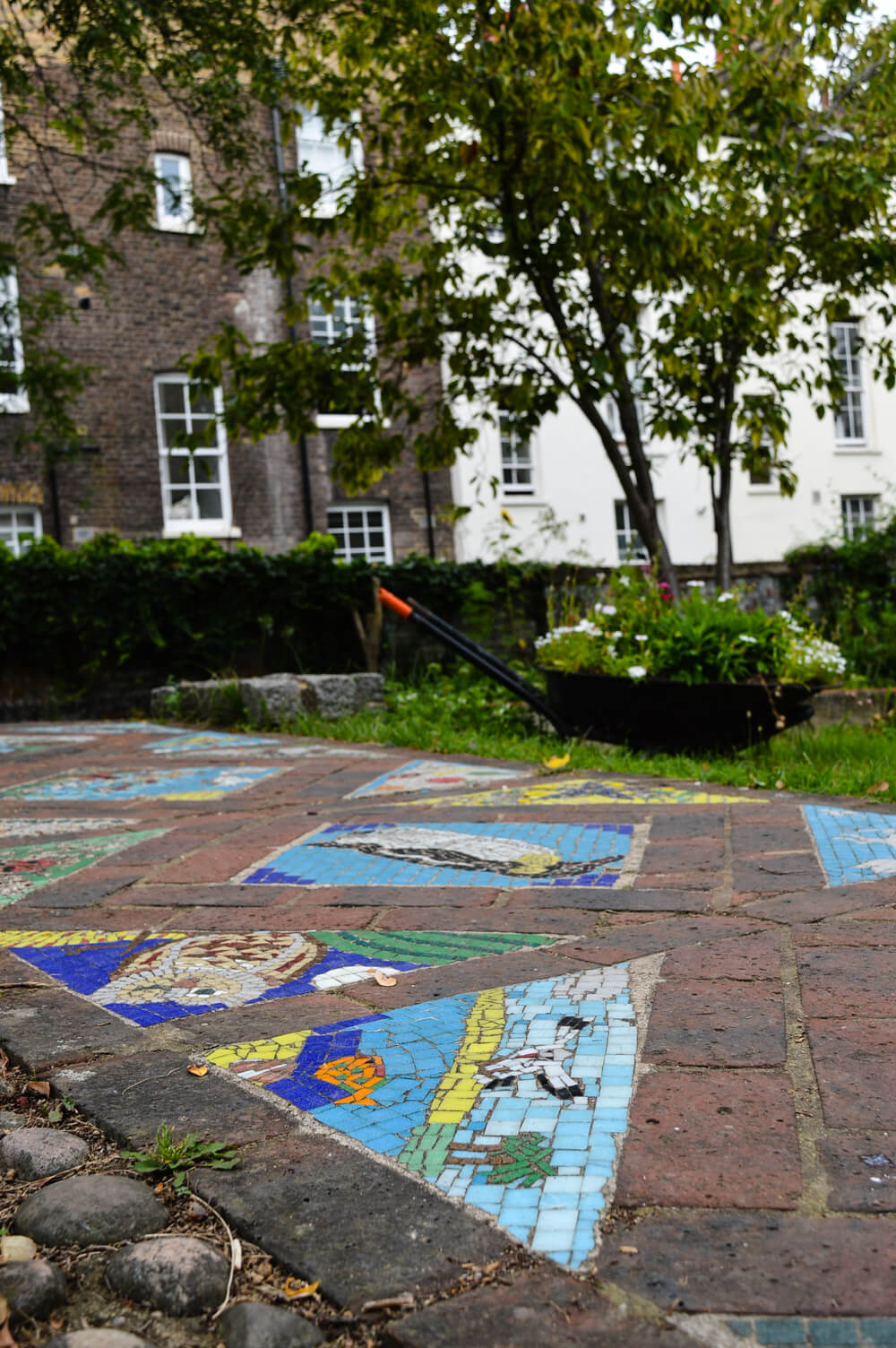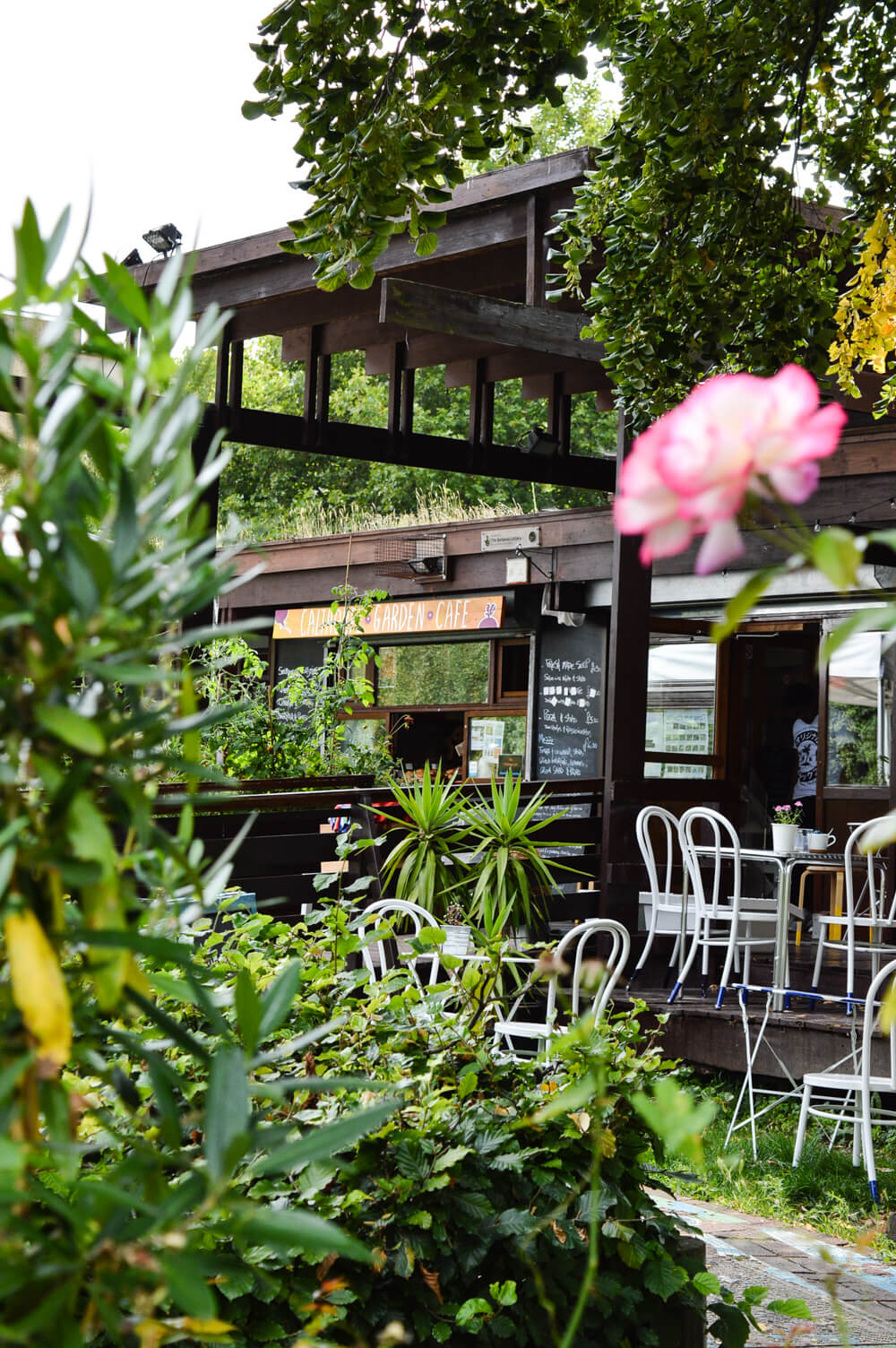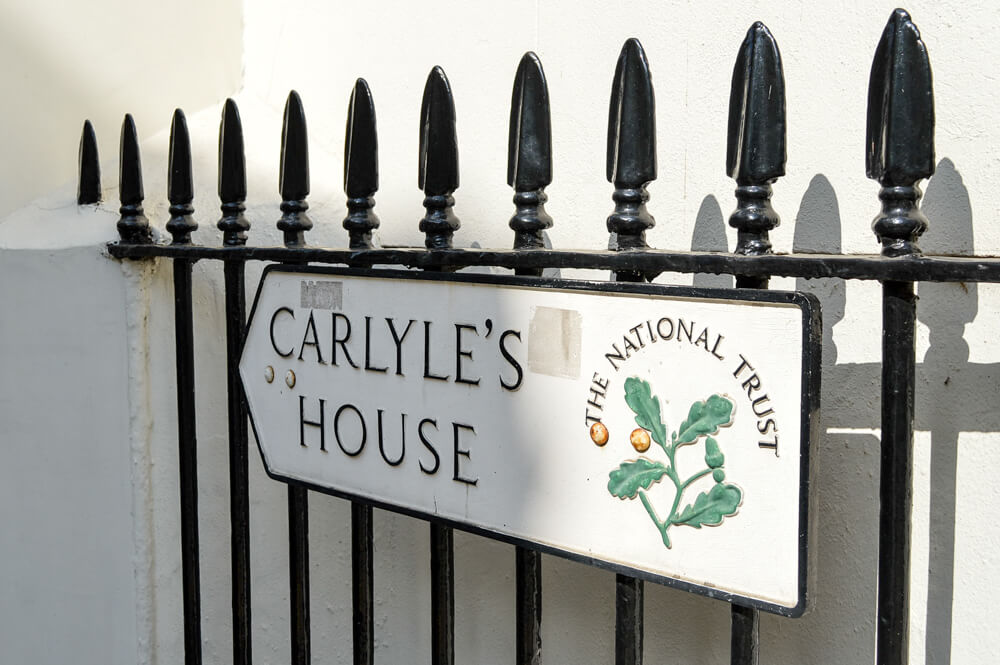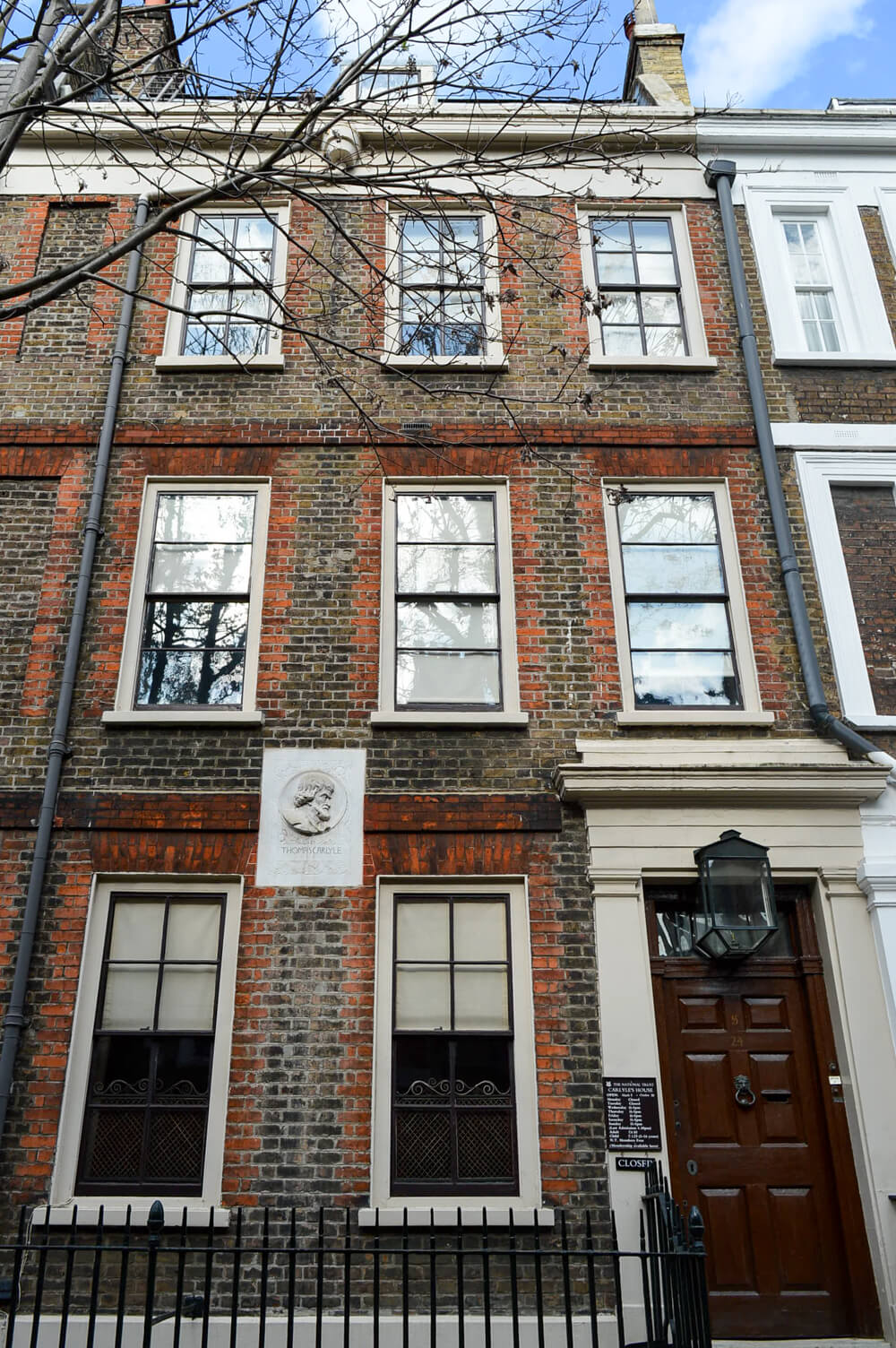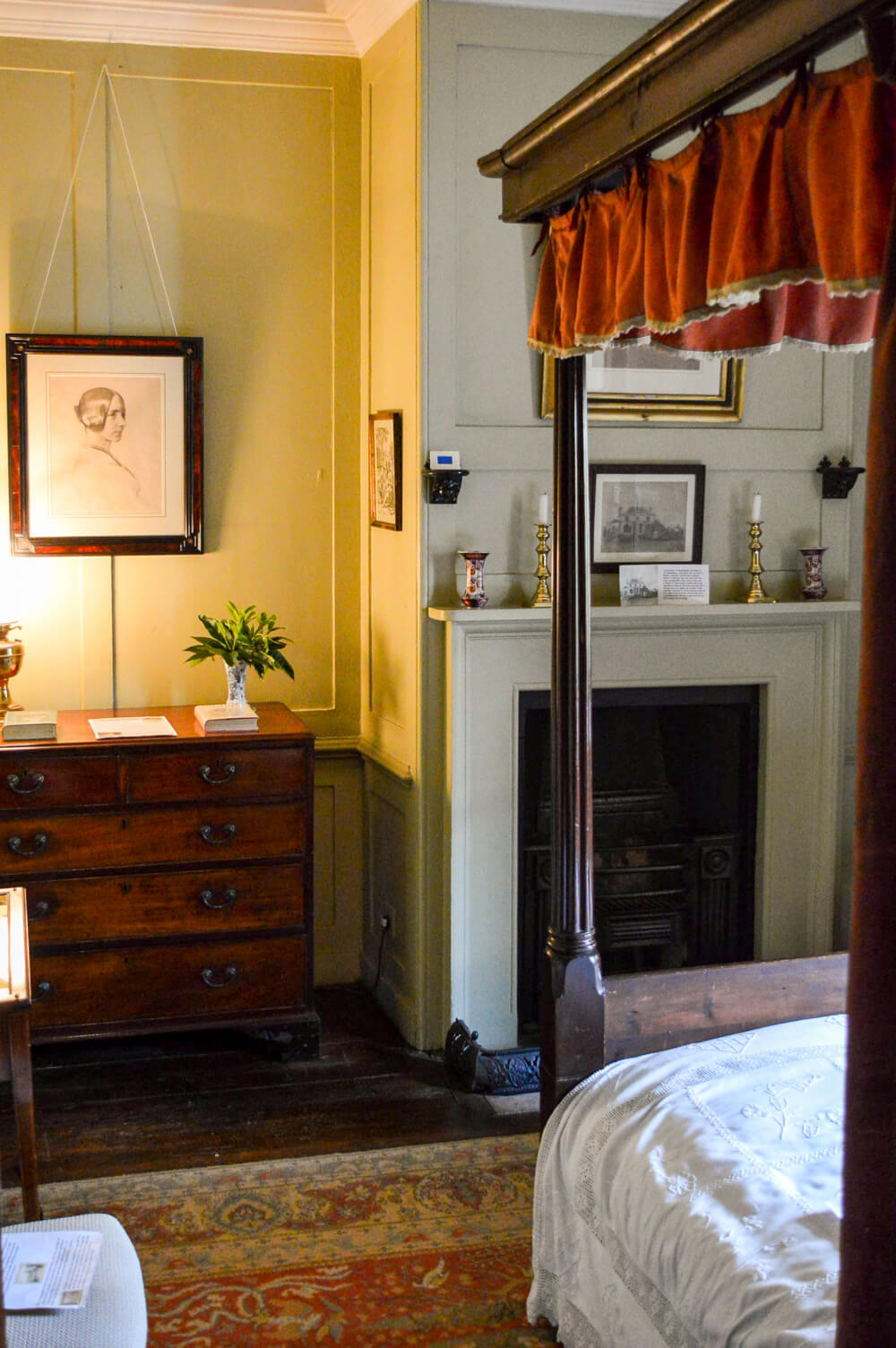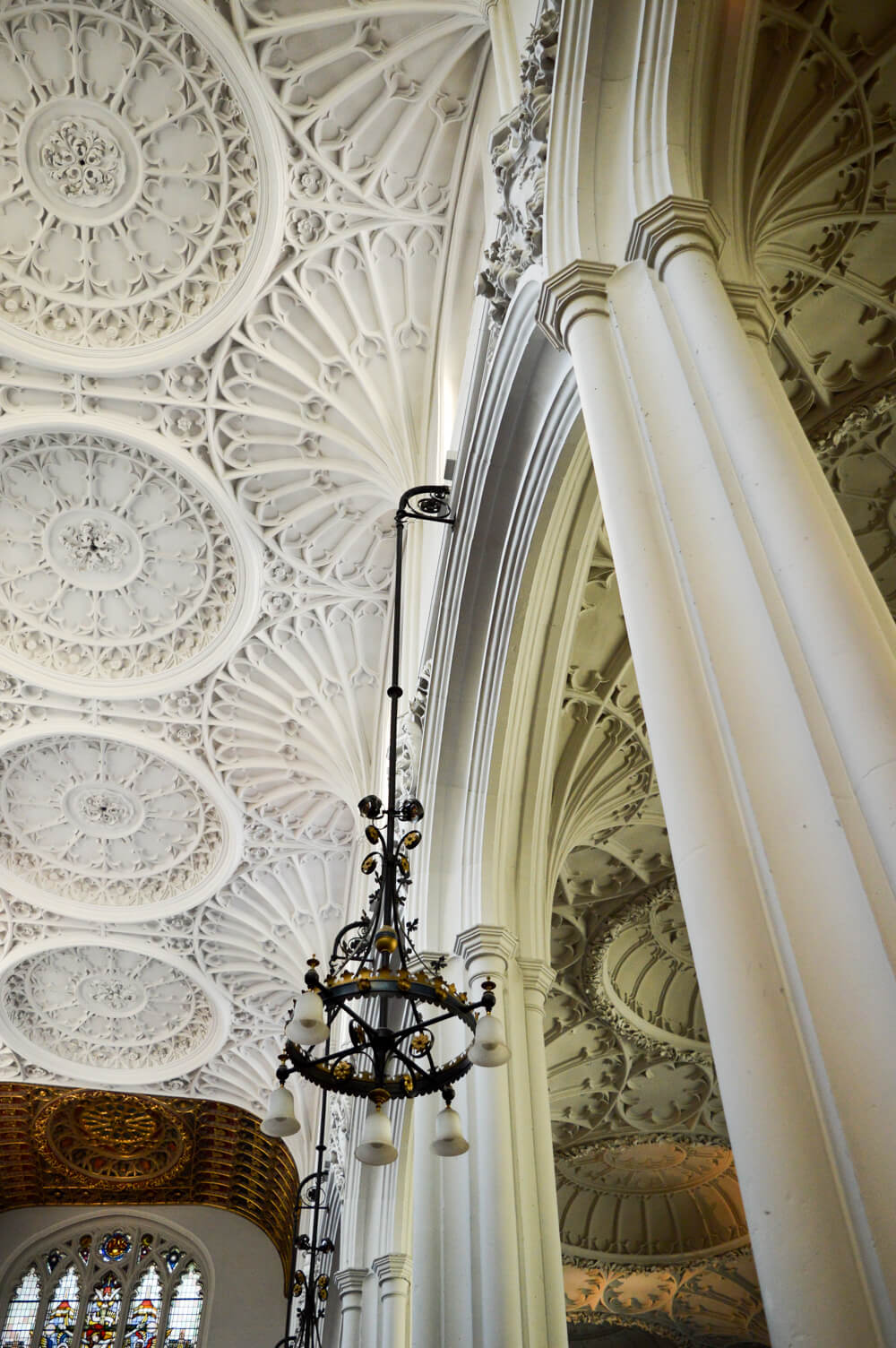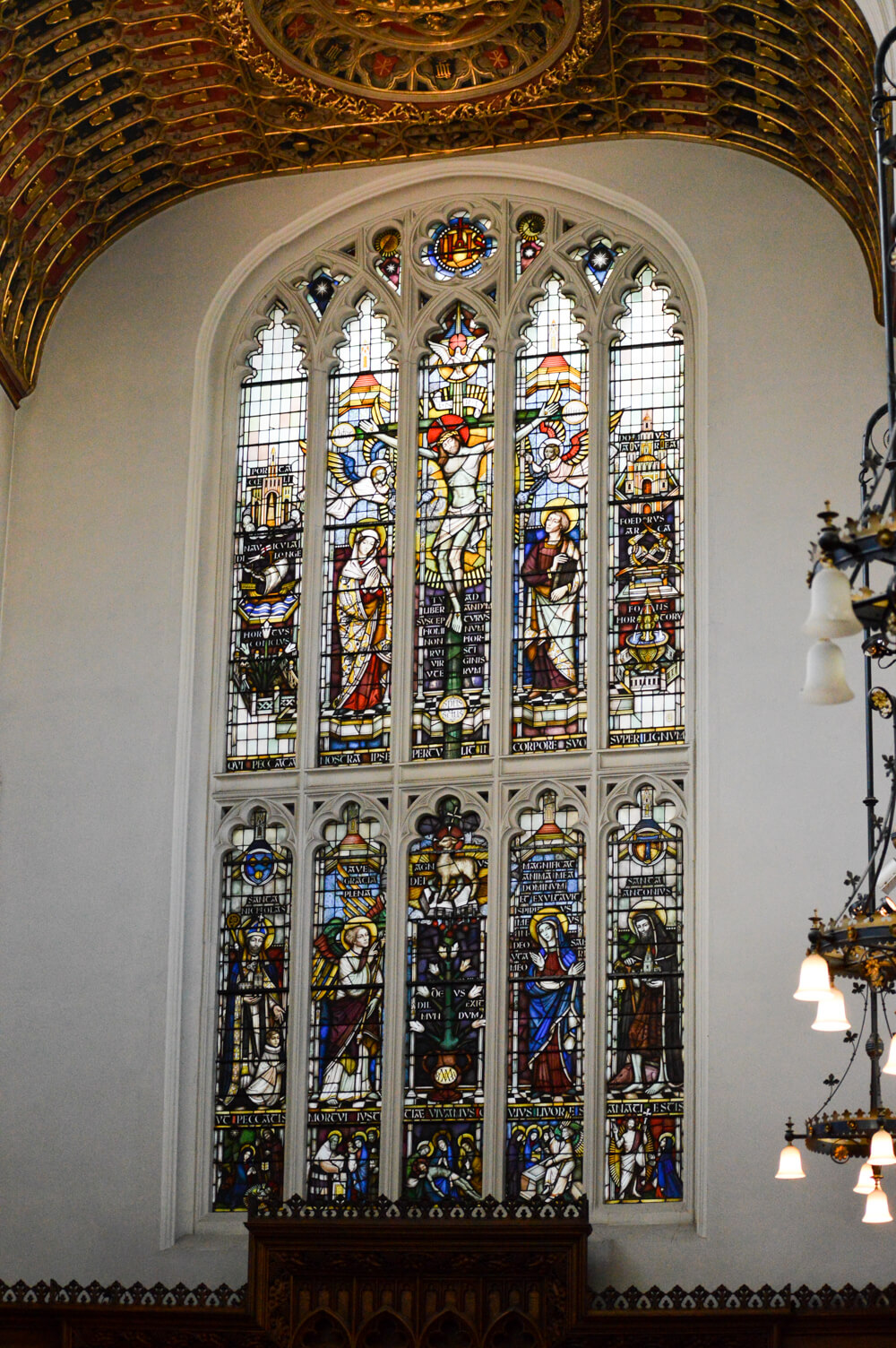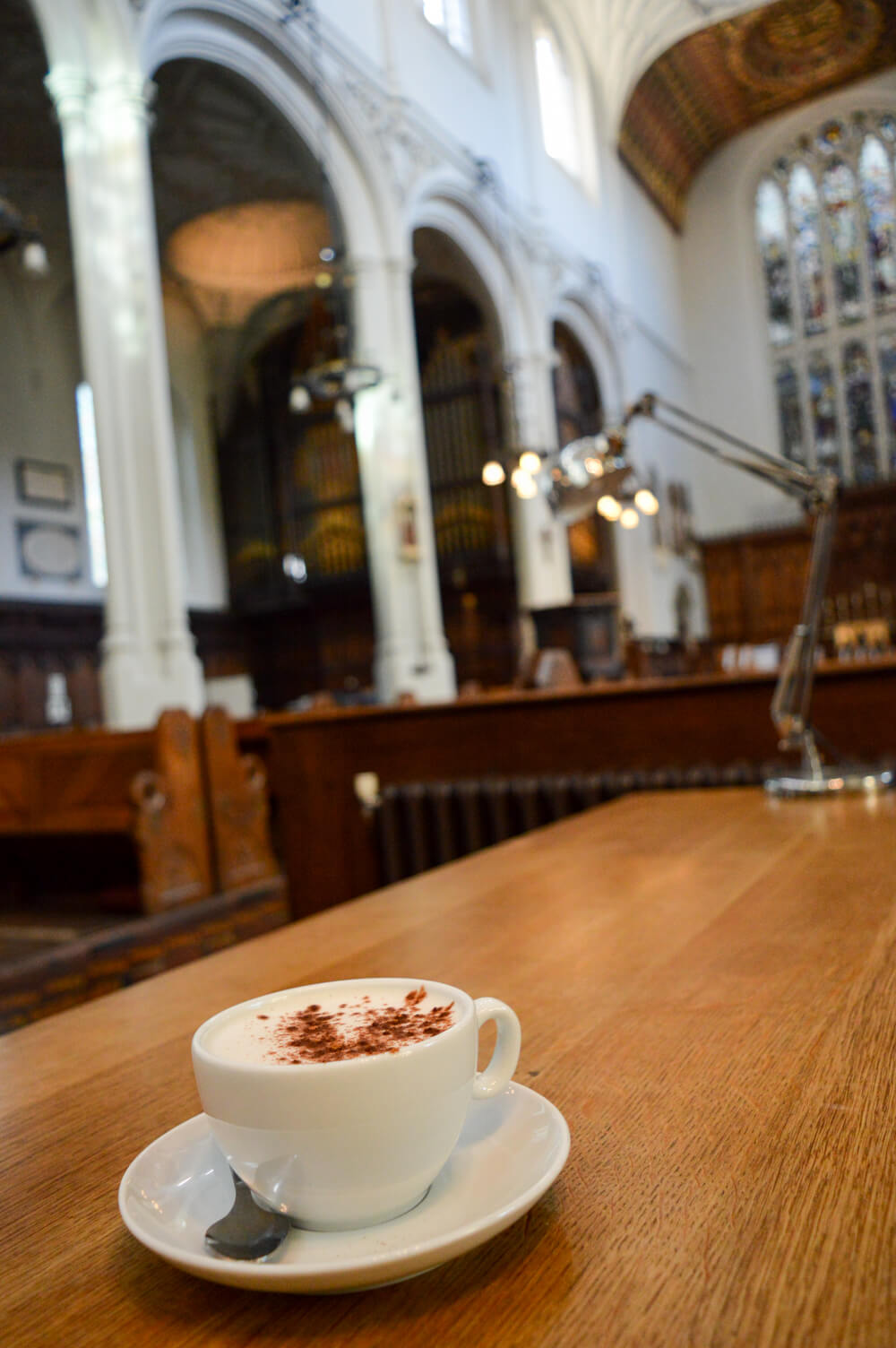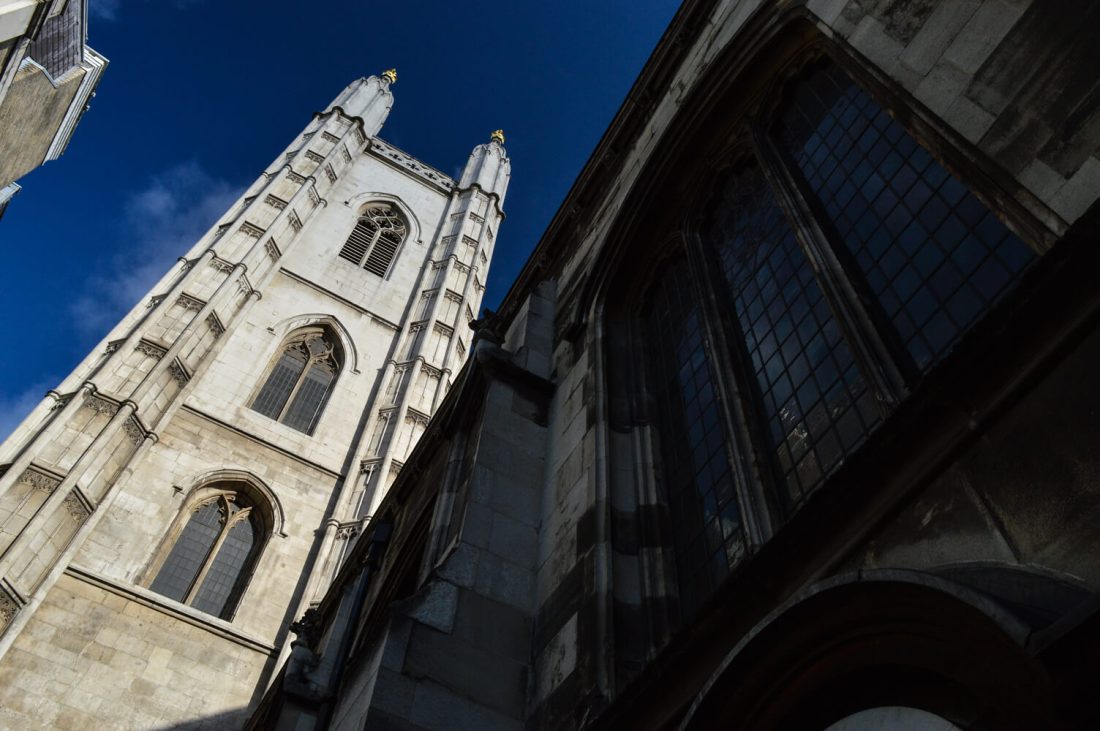As well as being a very peaceful place to while away a couple of hours, Hampstead Cemetery also has its fair share of extraordinary people buried within its walls.
Who saved the life of a king? How is HMV connected to Hampstead Cemetery? And who electrified the Tube? Sheldon from the Cemetery Club blog explains in this YouTube video.
You can also read what Sheldon says below. If you like what you see/read, then I highly recommend you check out the next Cemetery Club tour.
Charles Spagnoletti
So, if you’ve ever used the London Underground, there’s one thing you’re probably very thankful for and that’s the fact it’s run by electricity.
When the Metropolitan line was opened in 1860 it was a very different premise entirely. Yes, OK it was an Underground system and the first in the world however, it was powered by steam engines.
Every time a steam engine would come into the Underground station you were probably choked by noxious fumes of sulphur and smoke and so on. It wasn’t a particularly pleasant thing to encounter, especially if you’re trying to do a commute.
One man changed that – Charles Spagnoletti.
He was an Italian by birth and for 40-odd years he was actually working on the Great Western Railway in charge of many of their gauges and so on – basically that was his life’s work.
When he retired aged 50, he decided to go freelance, and it was in his freelance period that he actually created a lot of his best-known work. For example, the electrification of a London Underground line.
Now, when the Northern Line originally opened — to much fanfare, for example King Edward VIII and the Duke of Clarence were in attendance – they were all powered by steam engines. But [Spagnoletti] had another idea.
He was fascinated by the use of electricity – he saw it as the future of modern travel.
So it was the first line to be completely electrified, not only in terms of the trains but [also] in terms of the lighting, in terms of the signage and so on. He really wanted to clean up the act of the London Underground.
So he basically installed various cables with all of his knowledge from all of his previous work at the Great Western Railway, working alongside engineers such as Sir John Fowler, Benjamin Baker and so on. He basically created London’s first modern Tube line.
And when King Edward descended from Kennington Tube station when it was opened, he saw a gleaming hall of bright shining lights, electric trains, clean air.
To the point where John Fowler — the great engineer of the Metropolitan line — said, ‘Actually, do you know what, there’s going to be health benefits to this, and I think everyone should take an electric trip to benefit their health.’
And it’s simply because of his work. Now, he was a very bombastic and very dedicated Italian gentleman — he was known for wearing white waistcoats and lavender gloves, and he certainly was a cut above the rest in terms of not only in style, but also in talent, too.
But again, he’s buried here in a very plain grave, not off the main avenue, his talent largely forgotten.
Sir Joseph Lister
Imagine the scene: it’s 1912 and it’s Westminster Abbey. The bells are in full peal.
All the great and good of the medical profession, and indeed London’s society, have turned out for the funeral of one of the greatest men of the Victorian era.
From that spot, they come to this spot in Hampstead Cemetery where the remains of Sir Joseph Lister are lowered into this grave.
Now, if you’re not familiar with the name Sir Joseph Lister you’ll probably familiar with one of his most famous products… not that he invented it. His name was lent to it – Listerine mouthwash.
For Sir Joseph Lister was a pioneer in antiseptic surgery. He started his career in Scotland where he was a surgeon, but he was very closely following the work of a gentleman named Louis Pasteur who was concerned with germ theory.
Now, Lister was a surgeon and at this time surgeons were concerned with how they were perceived. A number of their aprons were crusted and stained with the blood of previous surgeries.
Never mind the fact that this was completely unhygienic — they took this as a badge of honour.
Whether the patients survived or not was neither here nor there. Lister had other ideas.
He thought, if we could sterilise the surgical procedures, perhaps we could improve patient lifespan. So he was looking at the work of a gentleman by the name of Rudge who has invented a product called creosote.
Creosote was used to preserve wood. Obviously, to preserve wood, it creates an environment where no bacteria can get in to eat and dissolve it.
So [Lister] thought, if I make a solution of this, could this be applied an operation scenario? So he patented a spray which could be sprayed over the patient’s wounds and he would use that to ensure that the patient survived — so that no infection could get in.
This was a breakthrough. [Lister] was the talk of the town of London – many of his patients survived from very
simple procedures like a broken leg or an amputation. Whereas before they would have died, and miraculously they actually started to live.
So he actually changed the face — and indeed the survival rate — of most life-changing surgeries.
His talent didn’t stop there because in the early 1900s, King Edward VII — Victoria’s son who took her throne — complained of stomach pains.
And he [Lister] was brought onto the scene, essentially to treat what was wrong with the King. Now, the King was a workaholic – he didn’t want to believe that anything was wrong.
But, it was the work of Frederick Treves, who was the best friend of the elephant man, and Joseph Lister who diagnosed the fact that he had some sort of abscess on his appendix. Now, this required skill which as a surgeon Frederick Treaves would very happily deliver, but it was Lister who was there to administer the antibiotic properties, and indeed the anaesthetic, to make sure that the King lived.
[Lister] saved the life of the monarch, and even at his funeral, the King was actually profoundly grateful for the work of Joseph Lister.
And again, in this forgotten part of Hampstead Cemetery, we owe so much to this man – the NHS, the world health
service, even – is all because of his sterling work.
Frederick Gaisberg
So, if anyone here has used Spotify or YouTube, or indeed listened to any type of music at any time they wanted to it’s all largely down to the efforts of this man.
The grave is of Frederick Gaisberg who was an American by birth – he was born in Washington DC. And he basically
made music available for the masses.
Now, back in the Victorian era, if you wanted to hear your favourite requiem or any kind of music, you would either have to listen to it in your head, or go to see it being performed live, which probably for most people would be maximum four or five times their entire lifetime.
Fred Gaisberg thought, no this isn’t good enough — we can utilise the power of technology to bring music
to the masses.
Gaisberg opened up a studio in the 1890s and started working for the grammar phone company. And using experimental technology [he] started to record anything and everything, from farmyard noises to the sound of opening doors to even opera singers, because he was fascinated by music and sound.
And indeed, if anyone’s familiar with The Beatles, George Martin – the first A&R man they say – [Gaisberg] was basically the template. They say his powers of diplomacy would have made most diplomats jealous — he could handle the most tricky of artists.
And one of his crowning achievements was when he recorded the Italian opera singer, Enrico Caruso.
Now, Enrico Caruso, if you’re familiar with the Go Compare adverts, he was very much of that type. He was in his mid-20s, kind of rotund, twizzly moustache, very bombastic and very popular.
[Gaisberg] heard his voice and was instantly in love — he heard him in La Scala and thought, this needs to be committed to some sort of record.
So, he went up to Caruso and said “We’re going to record your voice, if that’s OK,” and Caruso said “Yeah, that’s fine, I’m slightly sceptical because this means surely people won’t come to my performances, but I’ll give it a try,” [and] stated his fee.
Gaisberg then went back to the grammar phone company and said this is what Caruso wants in terms of a fee, and they sent back a telegram in bold, capital letters, essentially saying TOO MUCH. FEE EXORBITANT. DO NOT BOTHER.
Gaisberg went, “No. he’s got the voice of an angel. I’m going to pay for him out of my own pocket, and record him and see how it does.” And that’s what he did.
Next day, Caruso turns up at his hotel room and basically starts recording — slightly tentatively at first, but then once he gets into the swing of things, he starts singing beautiful music, to the point where Gaisberg actually did a cartoon of
him singing, which he presented to him afterwards.
Now, the recording equipment at the time was fairly rudimentary. It was basically a square horn that you had to sing into at point-blank range.
The piano accompaniment had to be done at the exact same level as the microphone. So the actual piano had to be hoisted up onto planks so that it could be played at the same level so that the horn could record the sound.
Gaisberg recorded it and everything went well, and he started to sell it. Remarkably, [it was] an amazing best seller.
It sold over 300,000 units, which considering the time that this was recorded – this was done with technology that was incredibly new – was an amazing feat.
And it basically kick-started not only Enrico Caruso’s career — he actually got a gig at Covent Garden Theatre a couple of months afterwards — it also cemented the recording industry and led to the modern music industry as we know it today.
Never mind George Martin, The Beatles or any kind of recording companies — because of him we can listen to things on Spotify, YouTube, Deezer, Tidal — whatever you want to listen to — all because of his efforts. And we owe that man
a great debt.
Francis Barraud
Now, for many of you who used to buy records from a physical shop, let’s say HMV, there’s a particular painting that you might be familiar with — His Master’s Voice.
It’s the one of the little jack terrier listening to a grammar phone while music plays — probably to the sound of his master’s voice, as the painting’s called.
Well, the artist is actually called Francis Barraud, and he’s buried here — he was the one who painted it.
Marie Lloyd
So, here we are at the grave of basically the Edwardian era’s Celine Dion. This is Marie Lloyd, although when she was born she was plain old Matilda Wood.
Now, she had a natural aptitude for being a performer. She was the eldest of nine siblings and many of them would actually help her as an ensemble cast to perform music and stage shows and so on, basically for the benefit of the local
community.
And she was a great performer – just had a natural flair. [She] started at the Eagle Tavern and then worked her way up to other music halls and theatres up and down the land.
Now, Marie Lloyd was known as the nation’s sweetheart and the general public absolutely adored her, simply because of her songs. Many of her songs were very tongue in cheek – many of them had a double meaning.
For example, she’s never had her ticket punched before — yeah! And other such songs — she clearly liked to ramp up the double entendre, which survived long after she passed.
You have shows like Are You Being Served using it, right up to Citizen Khan today. She was very much a purveyor of that kind of humour.
Now, many of the songs that she sung, if you were to play back to your grandparents or your great-grandparents, if they heard them they would have instantly brought a smile because they were instantly recognisable.
And usually when I do a tour, I like to sing one of her songs because she was obviously a lady of the music hall. So I’m gonna sing, When I Take My Morning Promenade.
Now, this was written in 1908 by Mills and Scott, and you could take it two ways. It’s either about changing fashion or about a woman wanting a shag.
Either way you can take it, it doesn’t matter and ambiguous meaning is what made it so popular. So, here we go…
Since Mother Eve in the Garden long ago
Started the fashion, fashion’s been a passion
Eve wore a costume we might describe as brief
Still every season brought a change of leaf.
She’d stare if she could come to town
Oh! what would Mother Eve think of my new Parisian gown? (Chorus…)
When I take my morning promenade
Quite the fashion card, on the Promenade
Oh! I don’t mind nice boys staring hard
If it satisfies their desire
Do you like my dress just a little bit
Just a little bit….. Not too much of it,
If it shows my shape just a little bit
That’s the little bit the boys admire
Fancy the girls in the prehistoric days
Each wore a bearskin covering her fair skin,
Lately Salome has charmed us to be sure
Wearing some rows of beads and not much more
Fancy me dressing like that, too
The ‘Daily Mirror’ man would love an interview
As I take my morning promenade
Quite the fashion card, on the Promenade
Well, I don’t mind nice boys staring hard
If it satisfies their desire
Do you like my dress just a little bit
Just a little bit….. Not too much of it,
If it shows my shape just a little bit
That’s the little bit the boys admire
I’ve heard my Grandmother wore the crinoline
Then came the bussle, Oh! it was a tussle
Women were tied up and loaded up with dress
Now, fashion plates decree we must wear less.
Each year our costume grows more brief
I wonder when we’ll get back to the good old fashioned leaf?
As I take my morning promenade
Quite the fashion card, on the Promenade
Oh! I don’t mind nice boys staring hard
If it satisfies their desire
Do you like my dress just a little bit
Just a little bit….. but not too much of it,
If it shows my shape just a little bit
That’s the little bit the boys admire
And there we are.
More about Cemetery Club tours
Find out more about the Cemetery Club blog and the tours they run at their website.
You might like…




